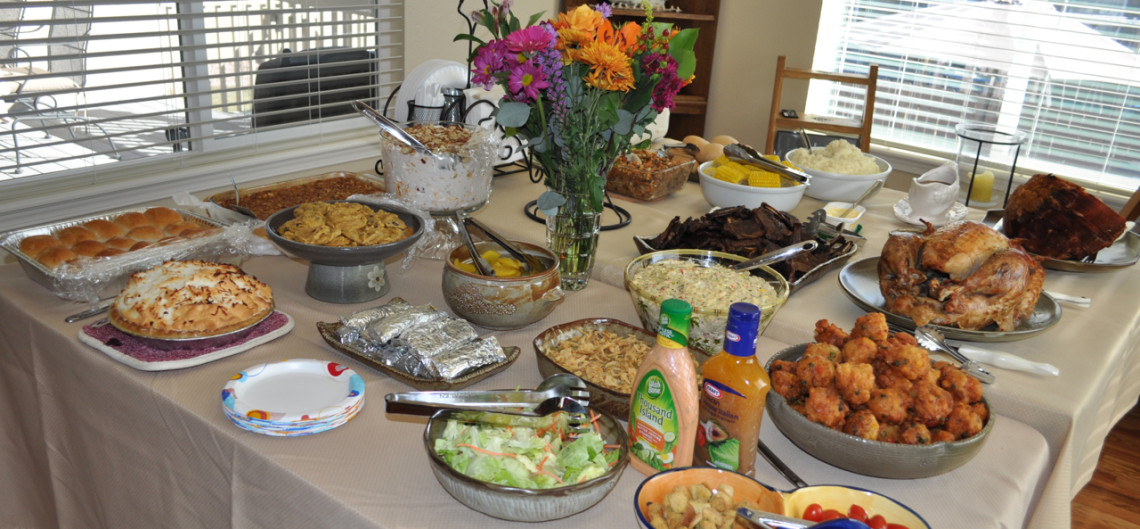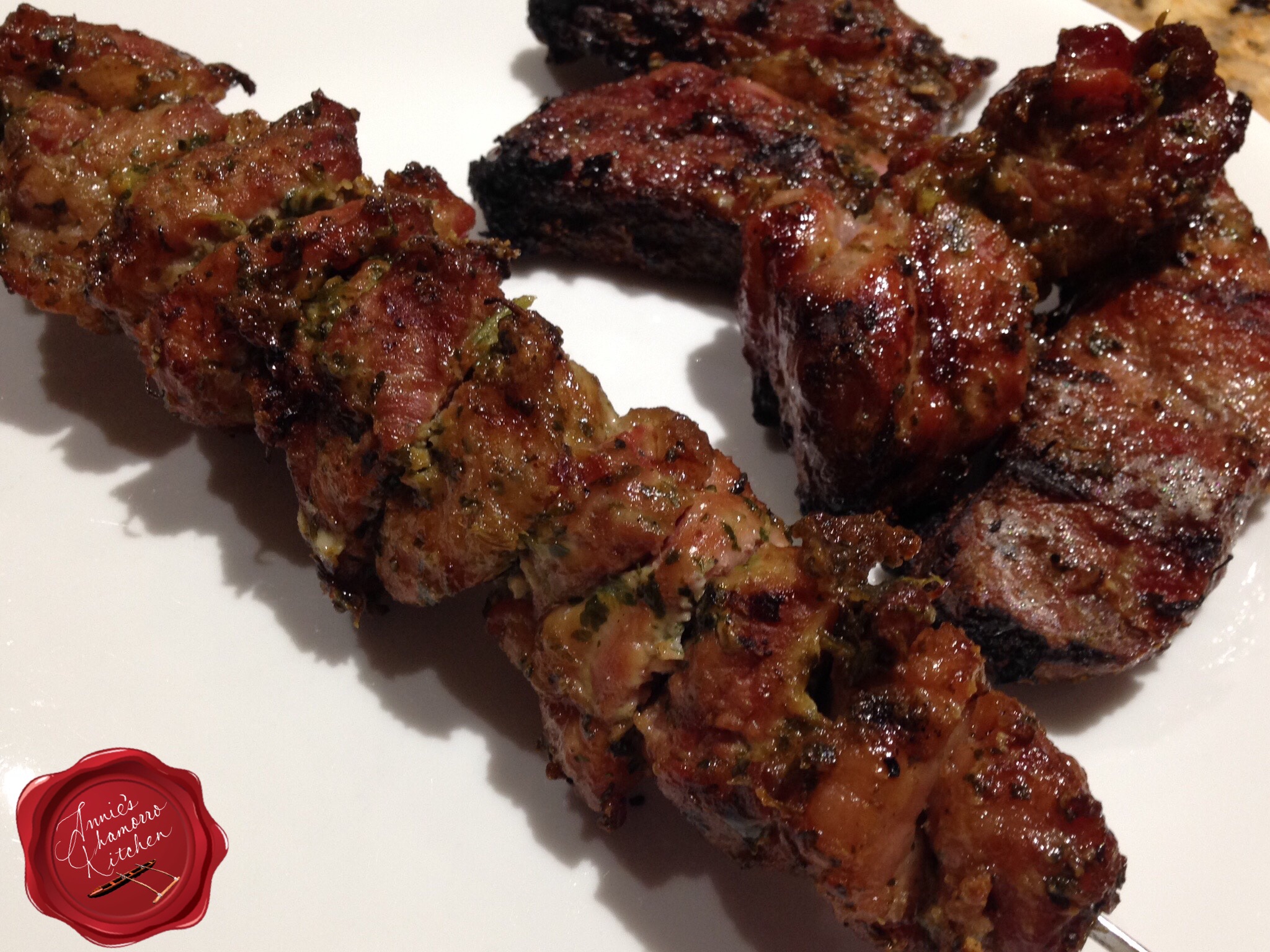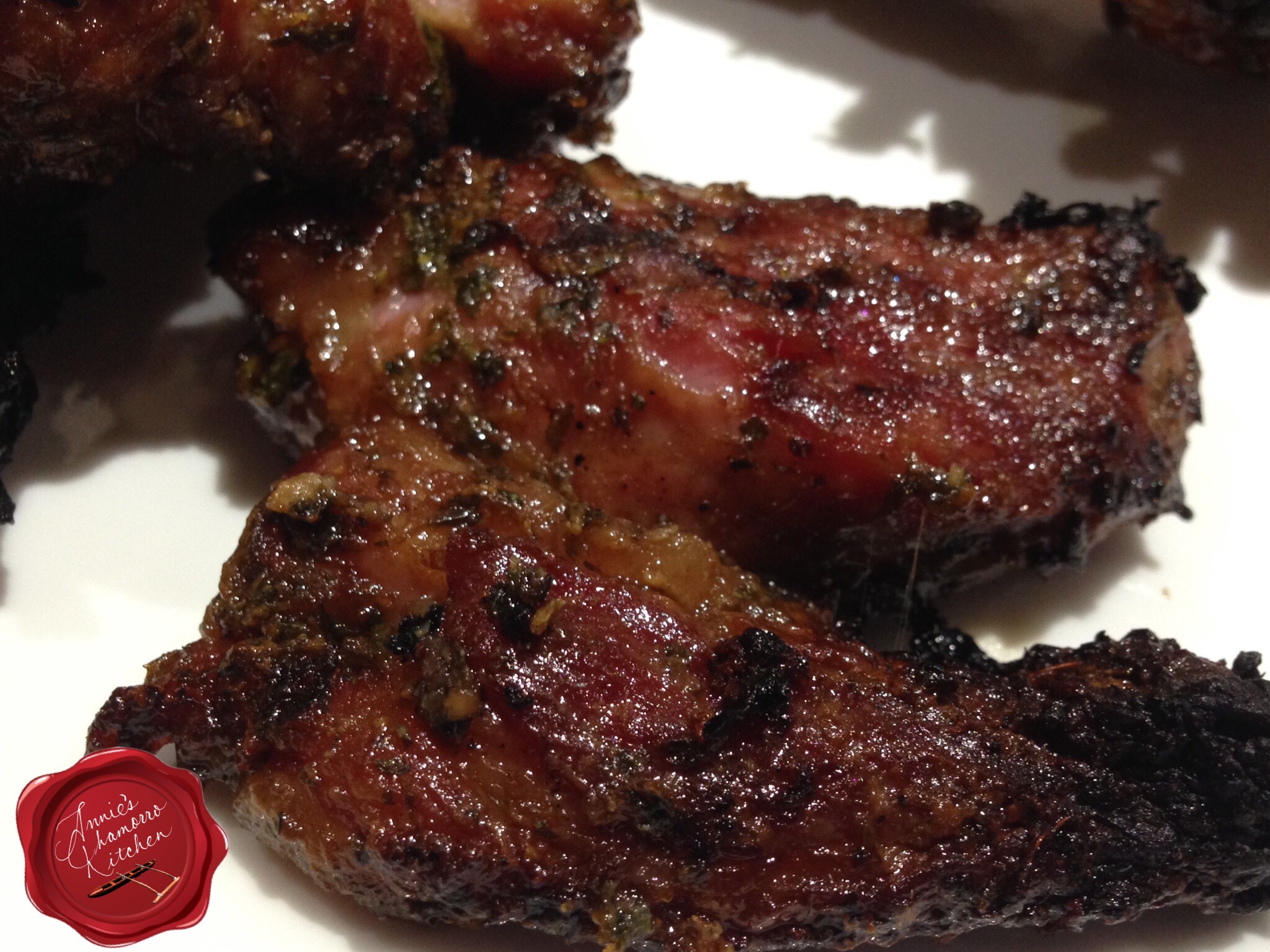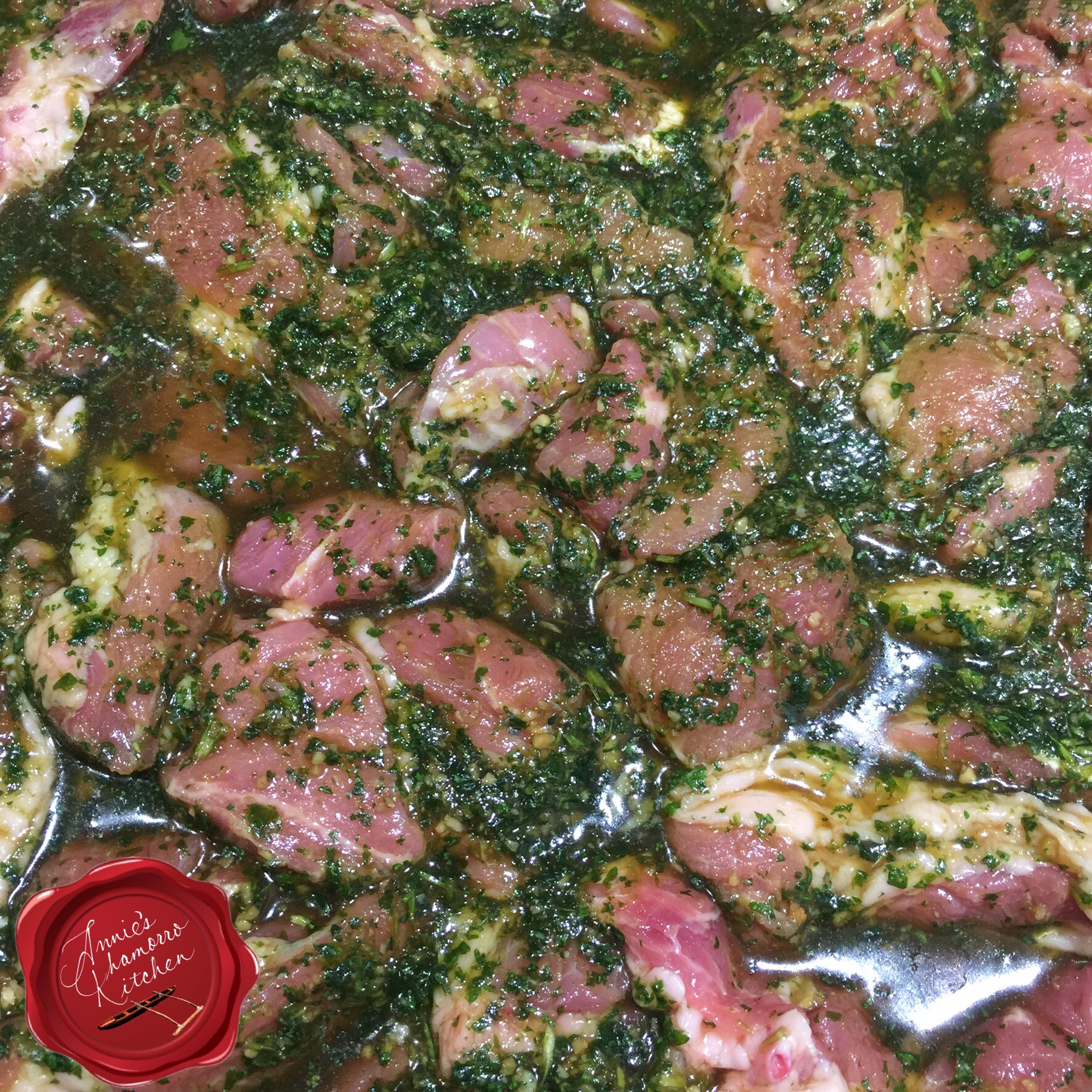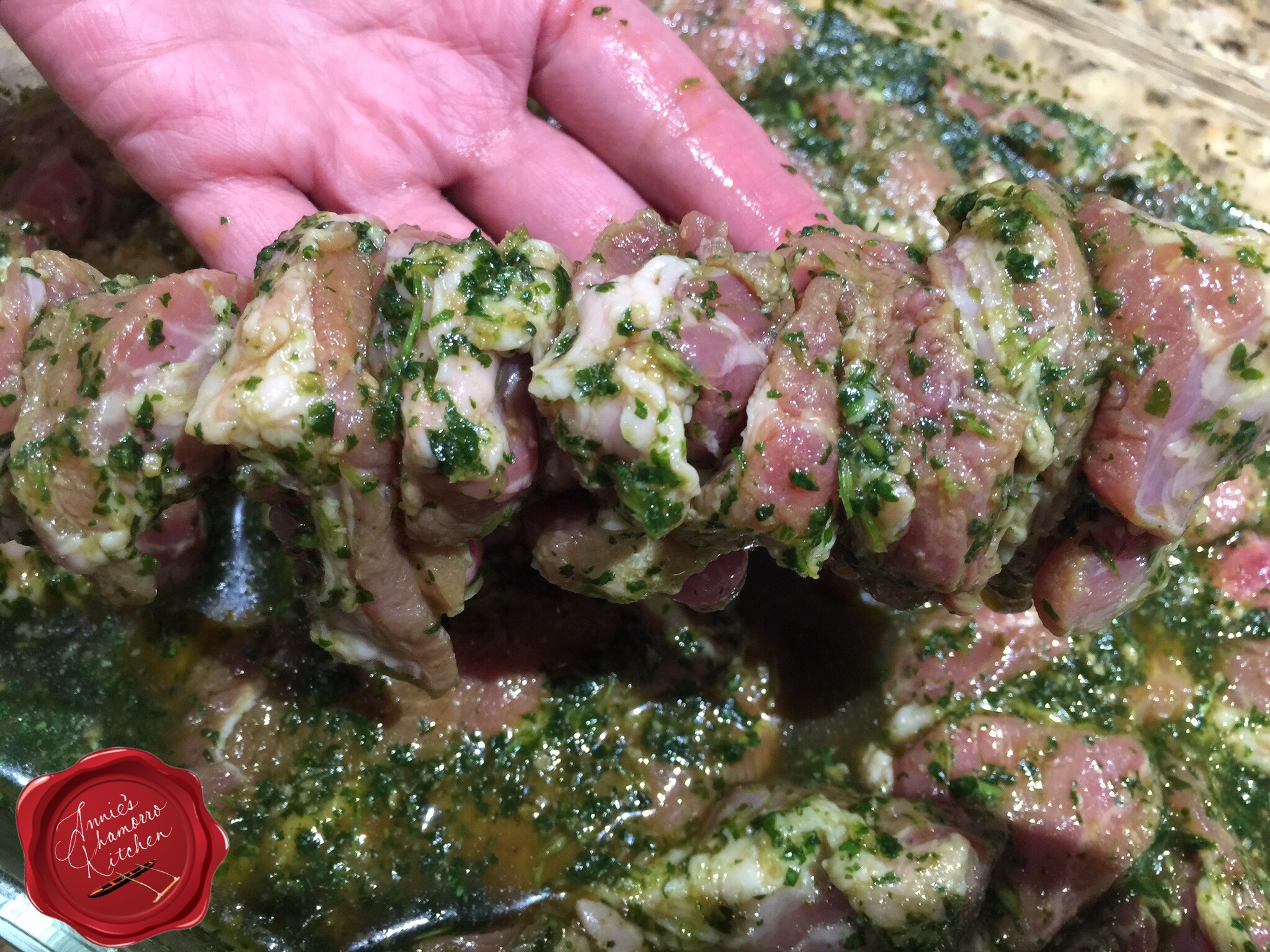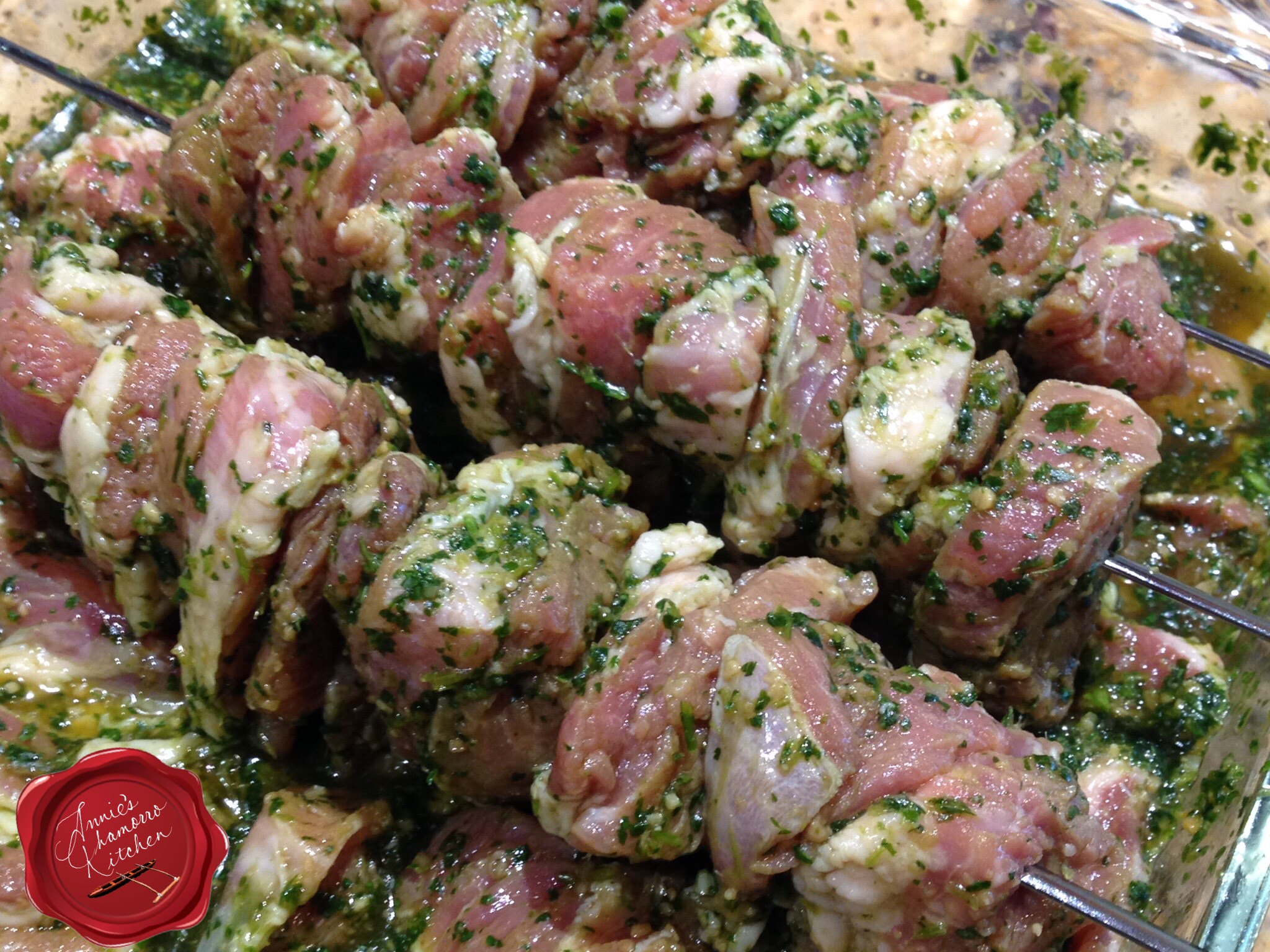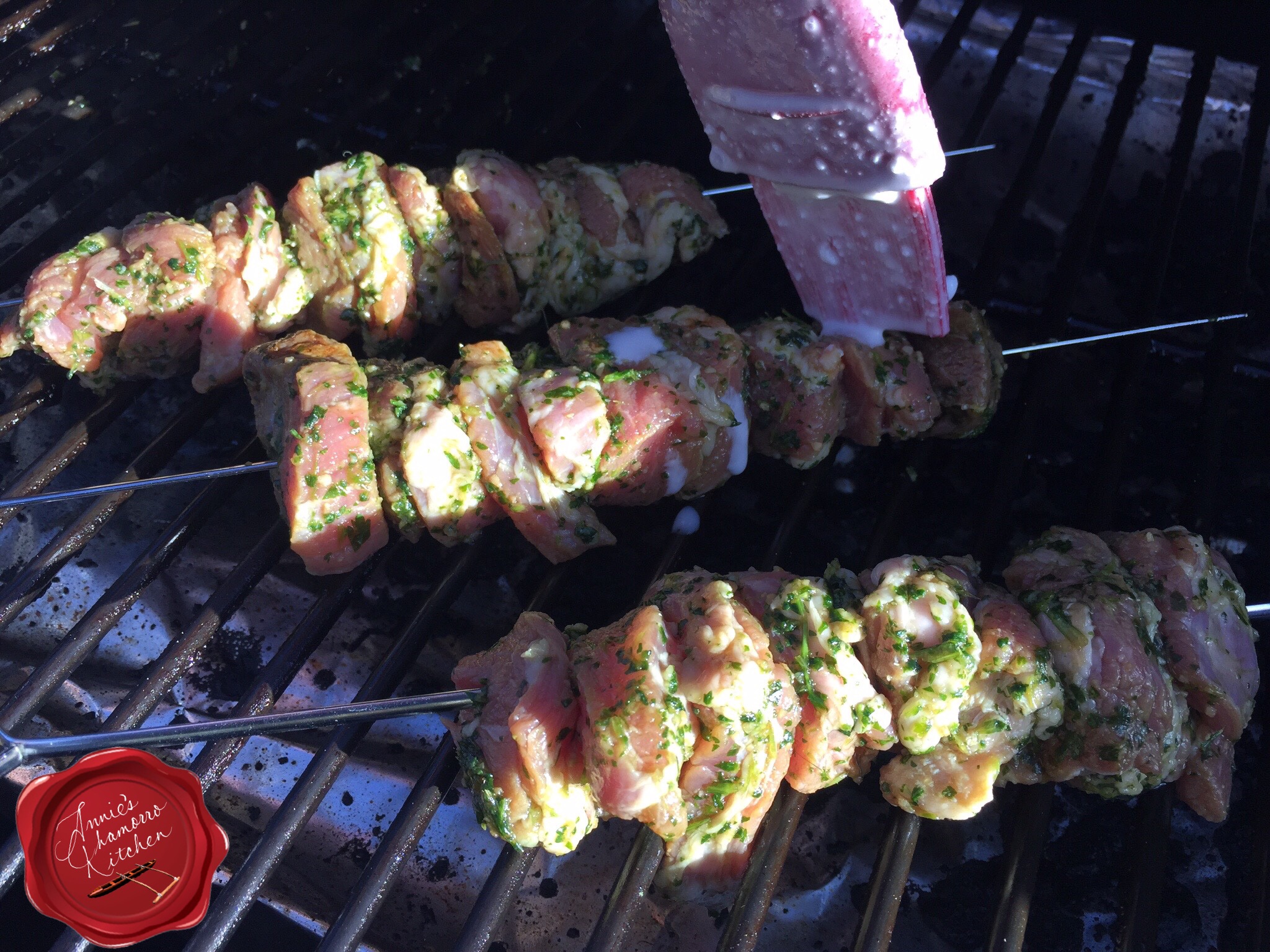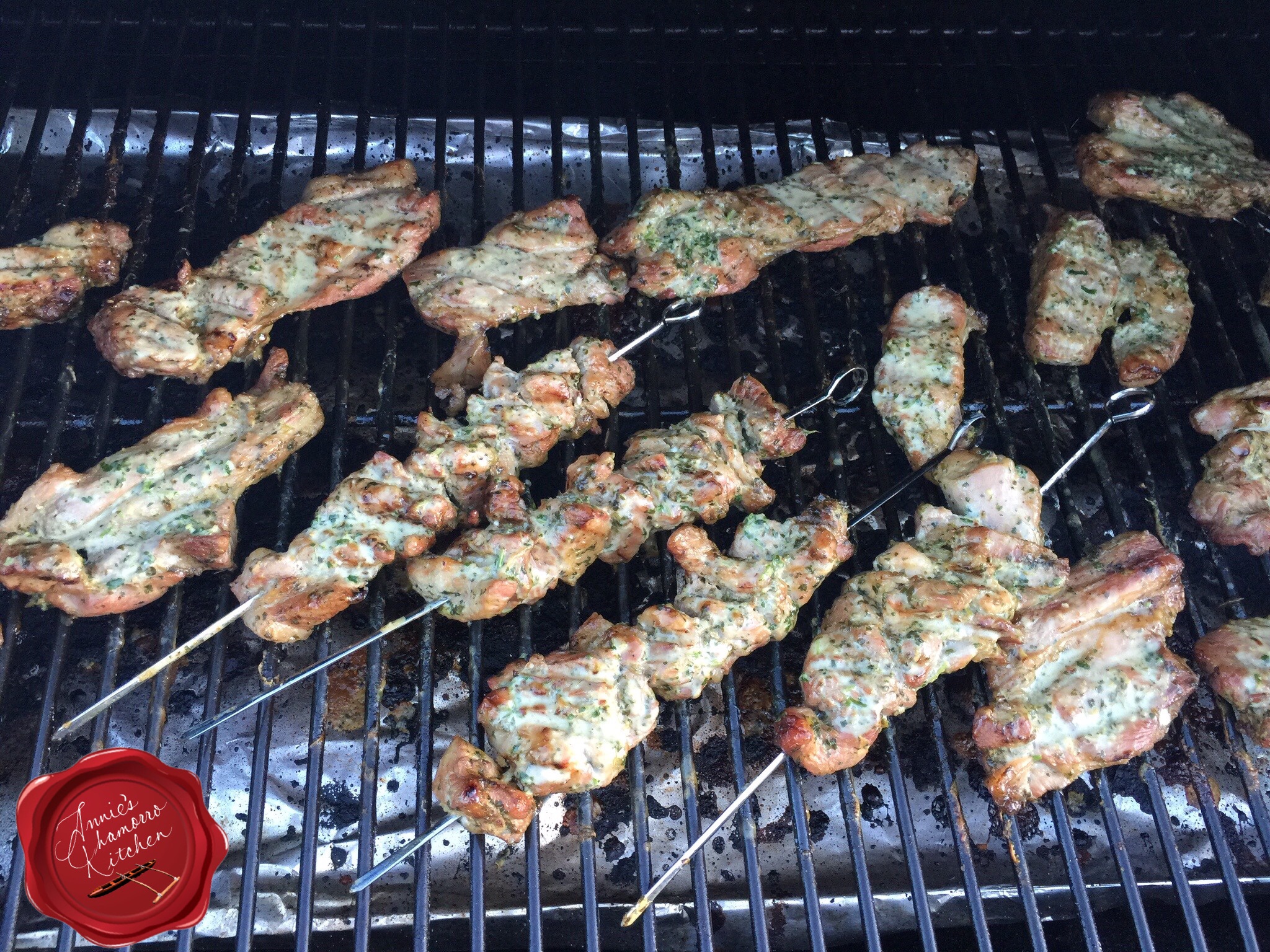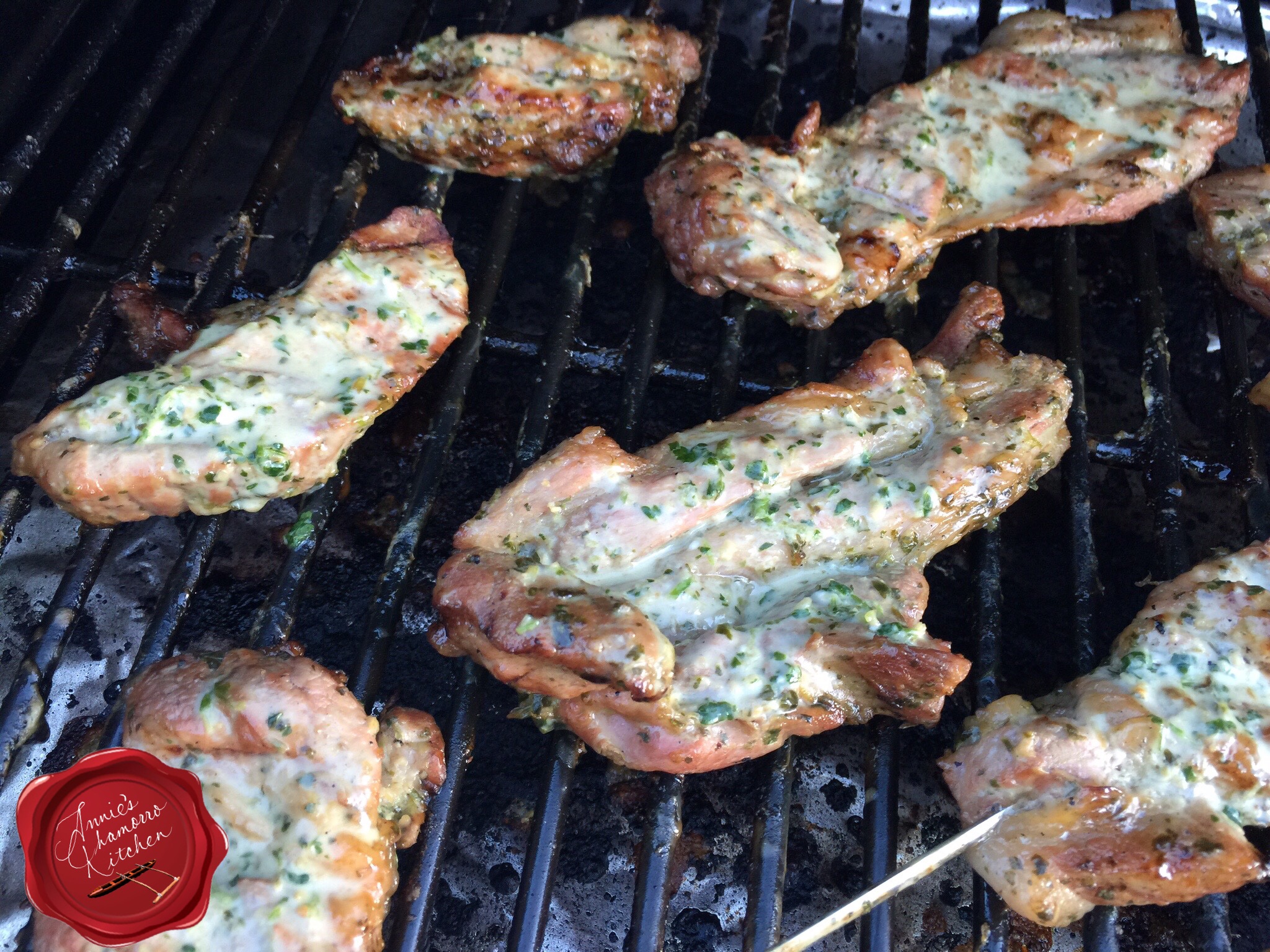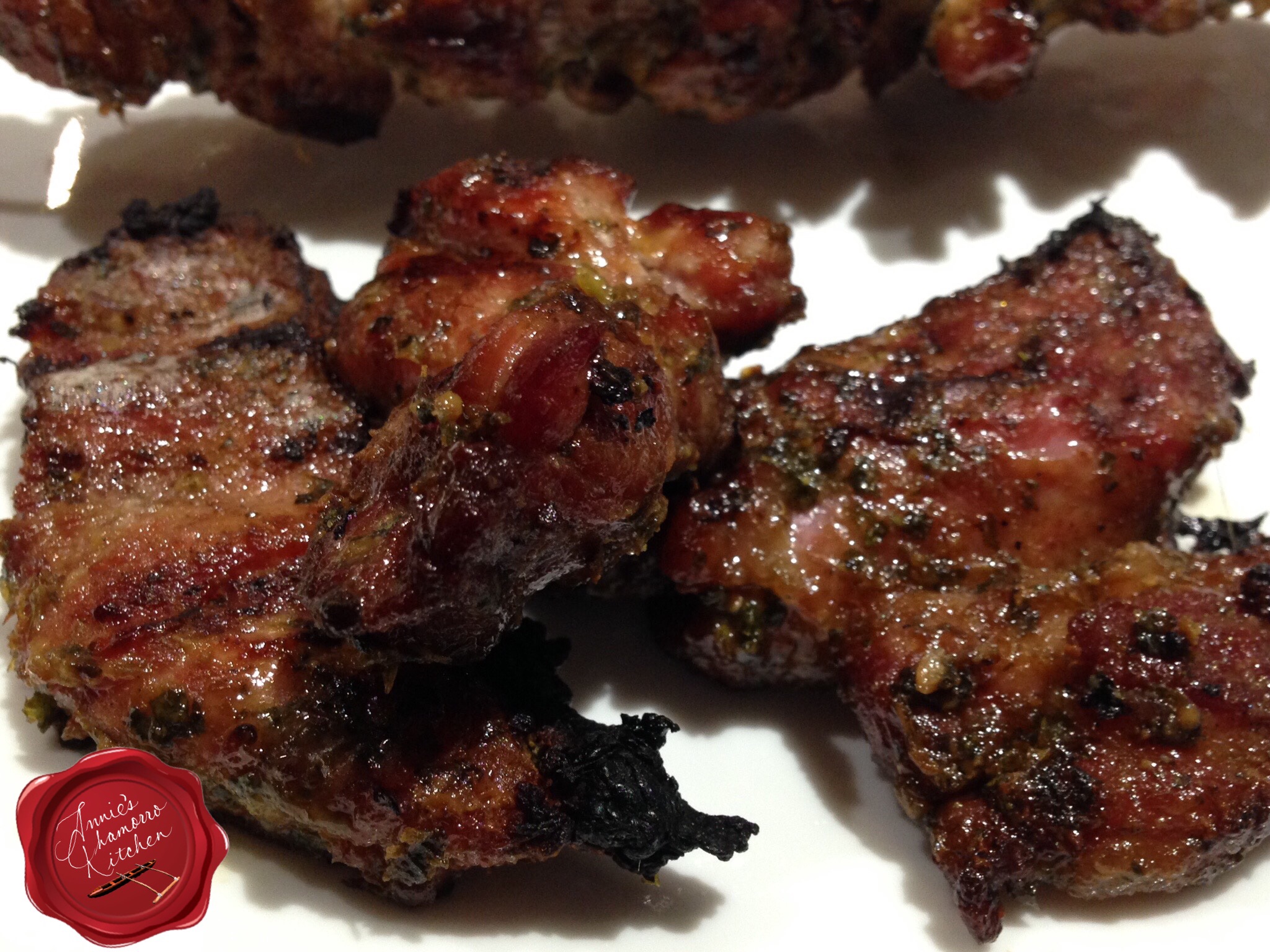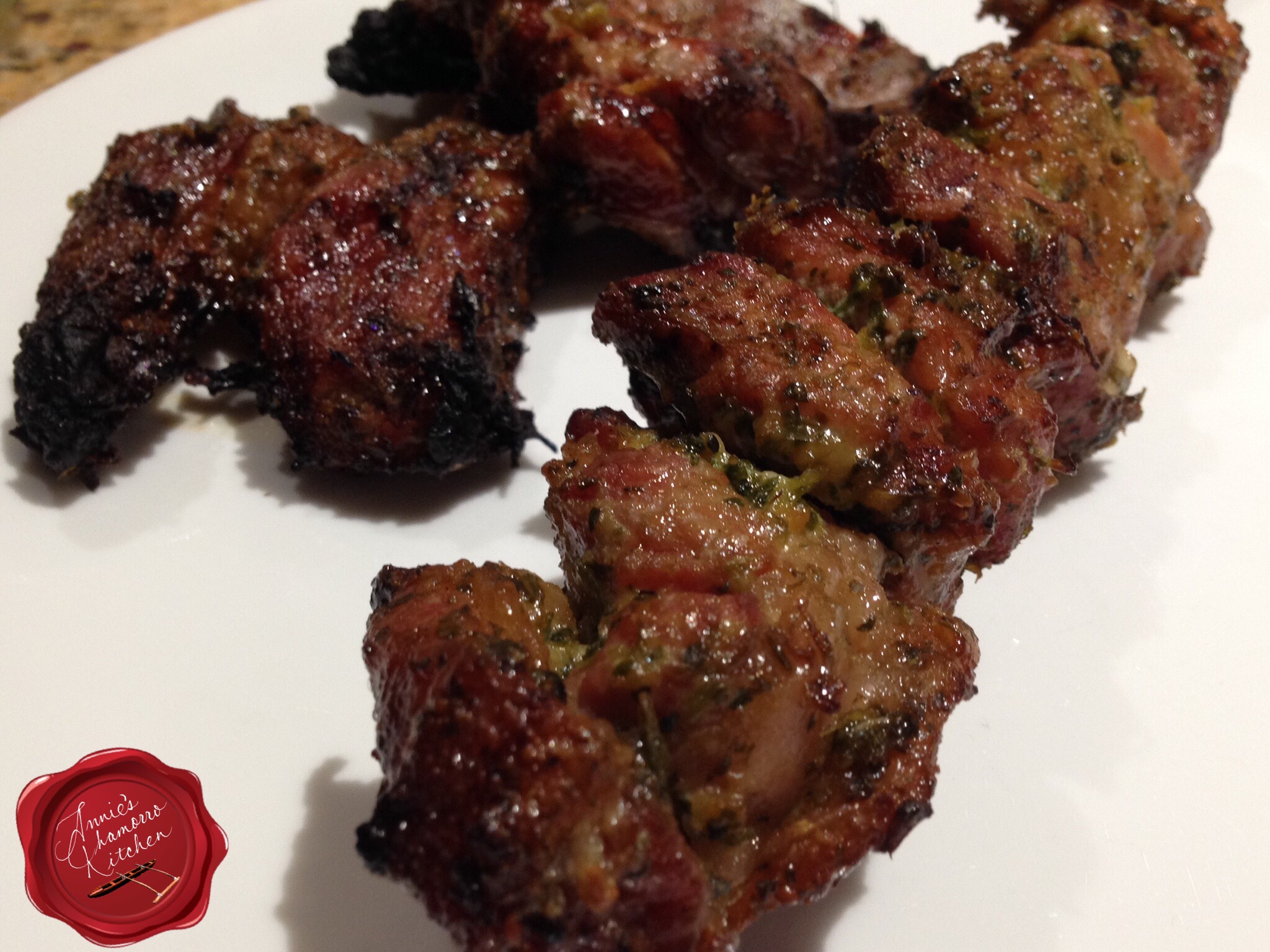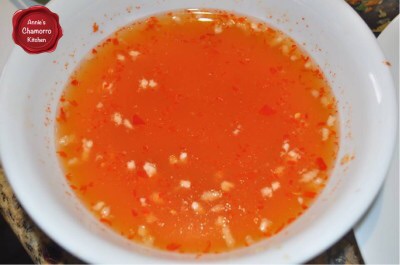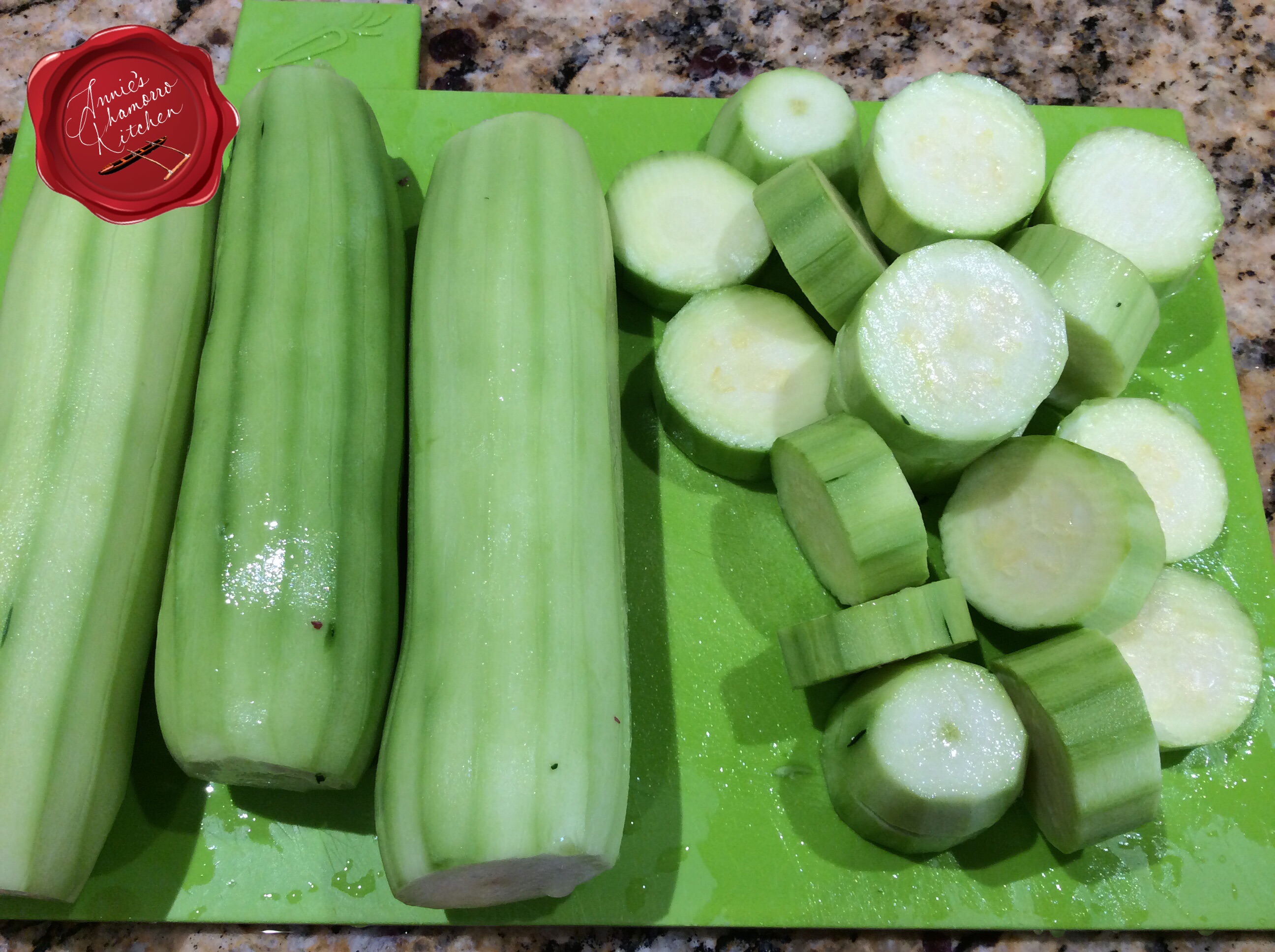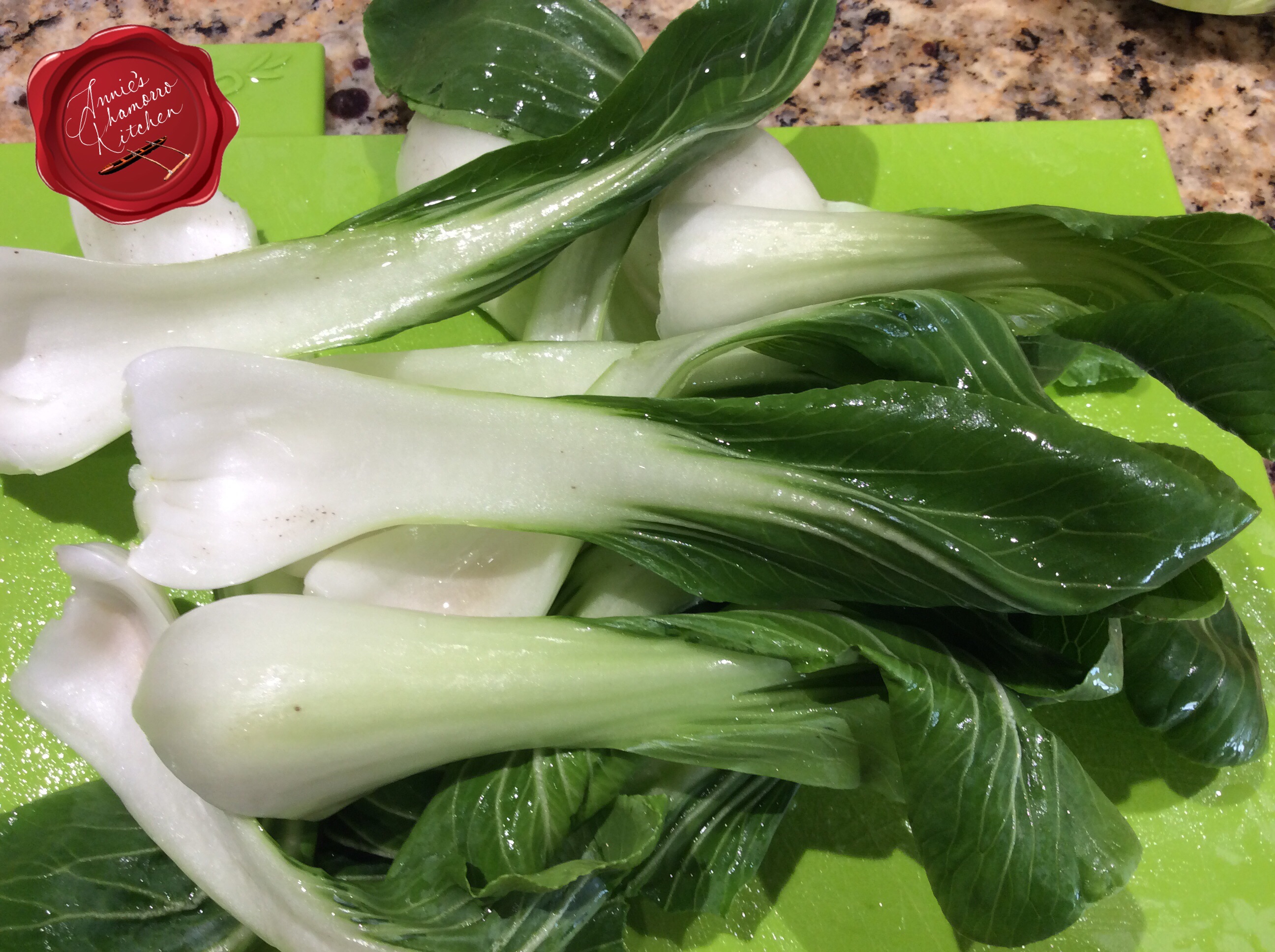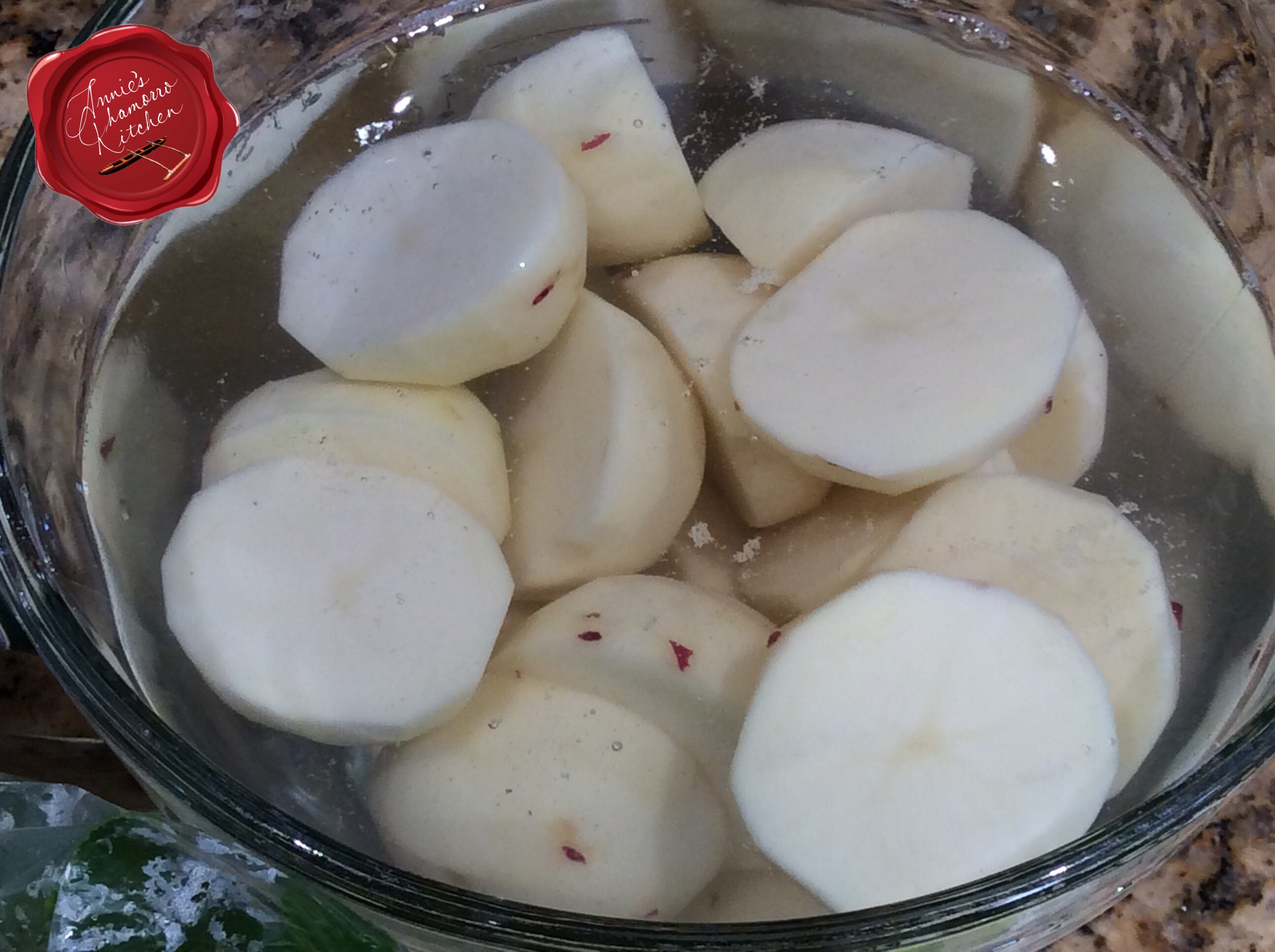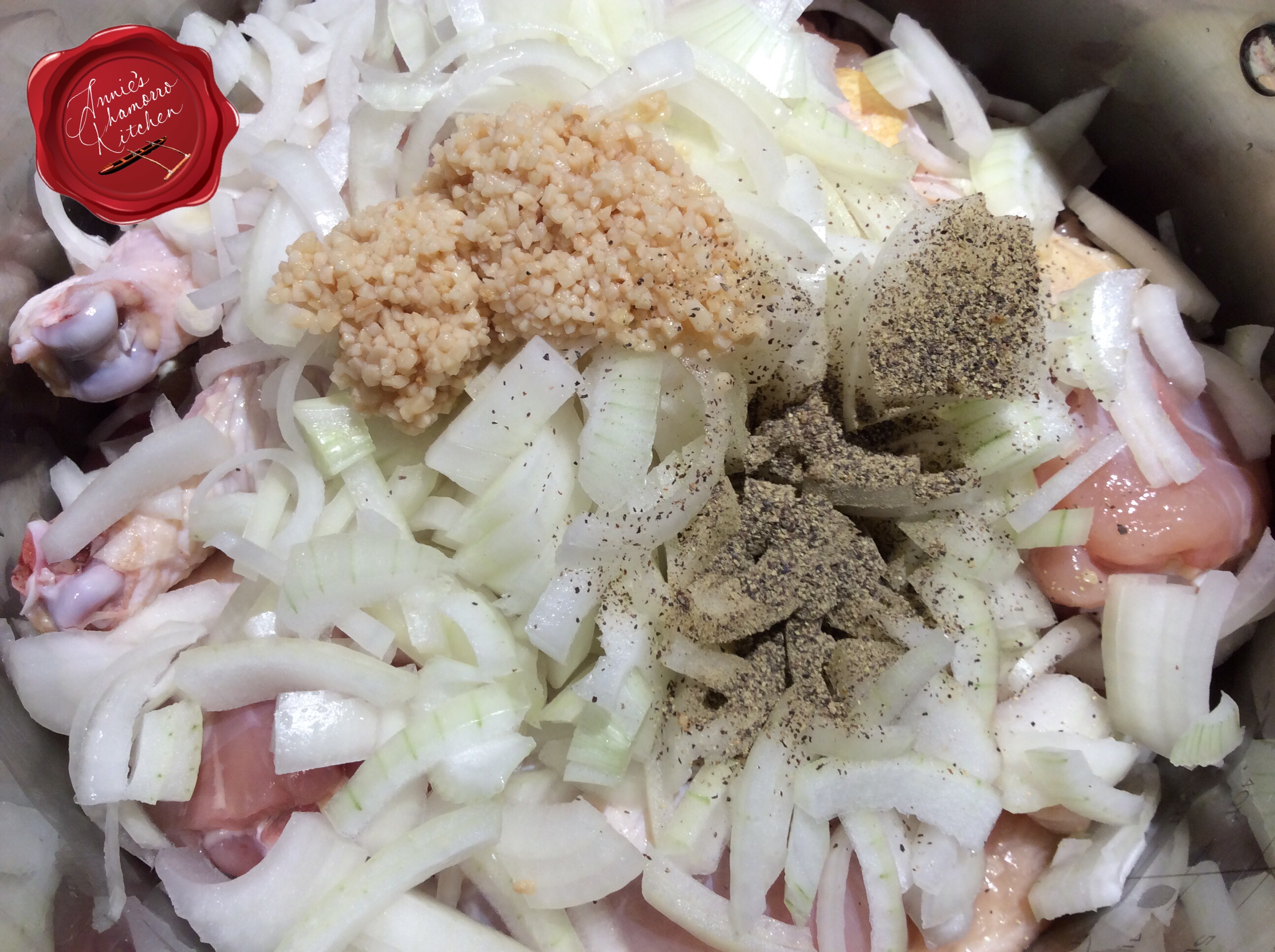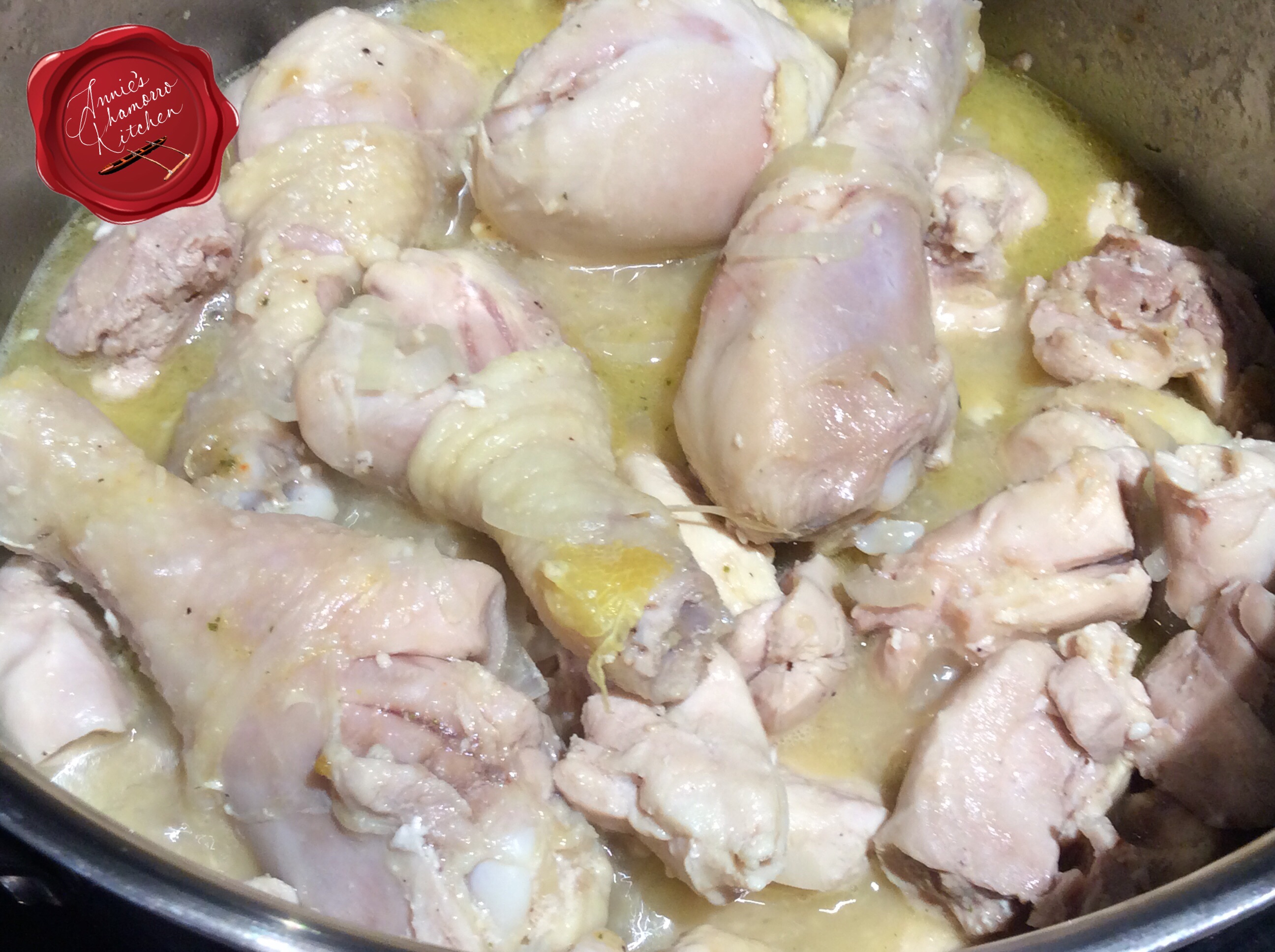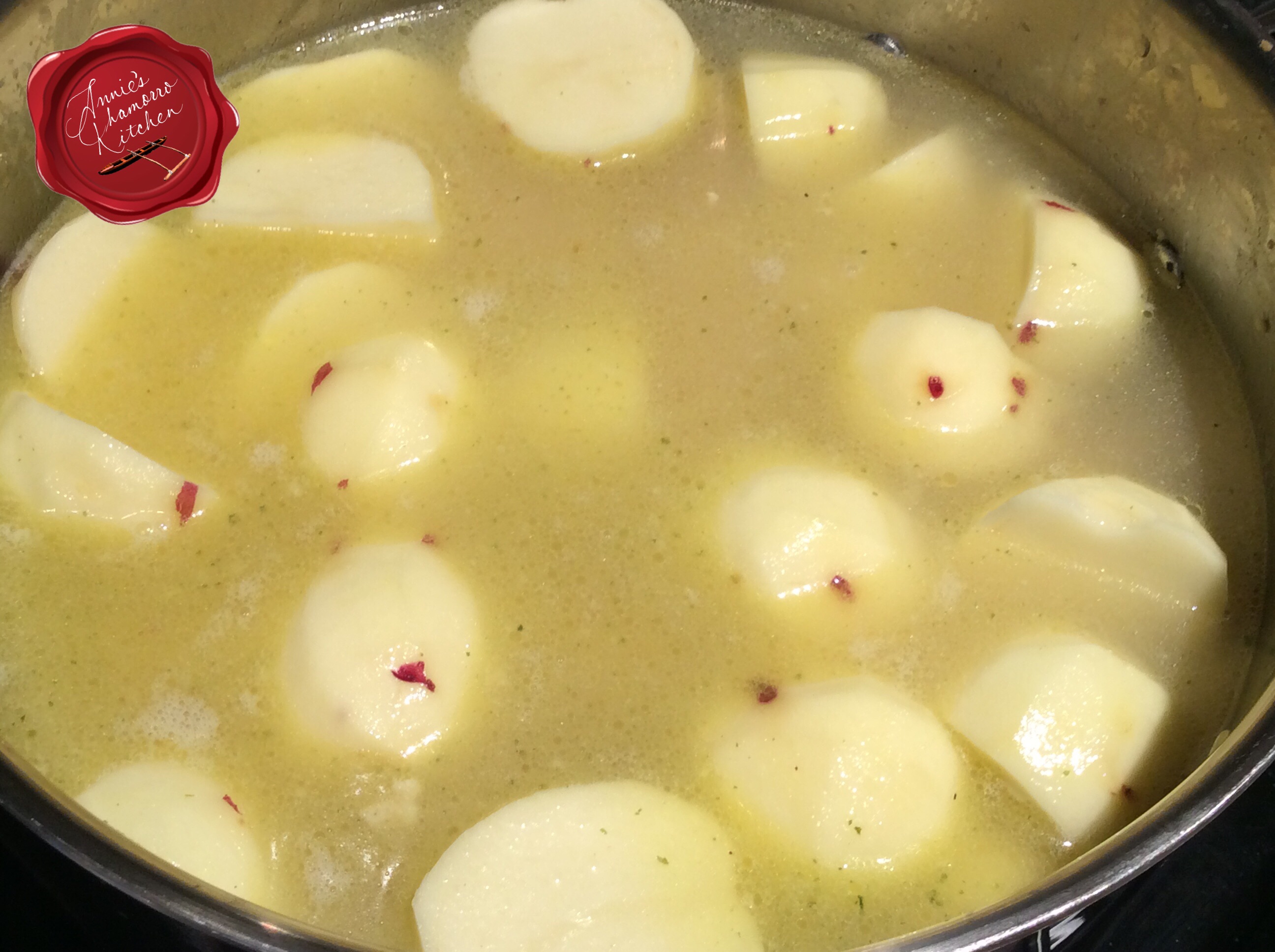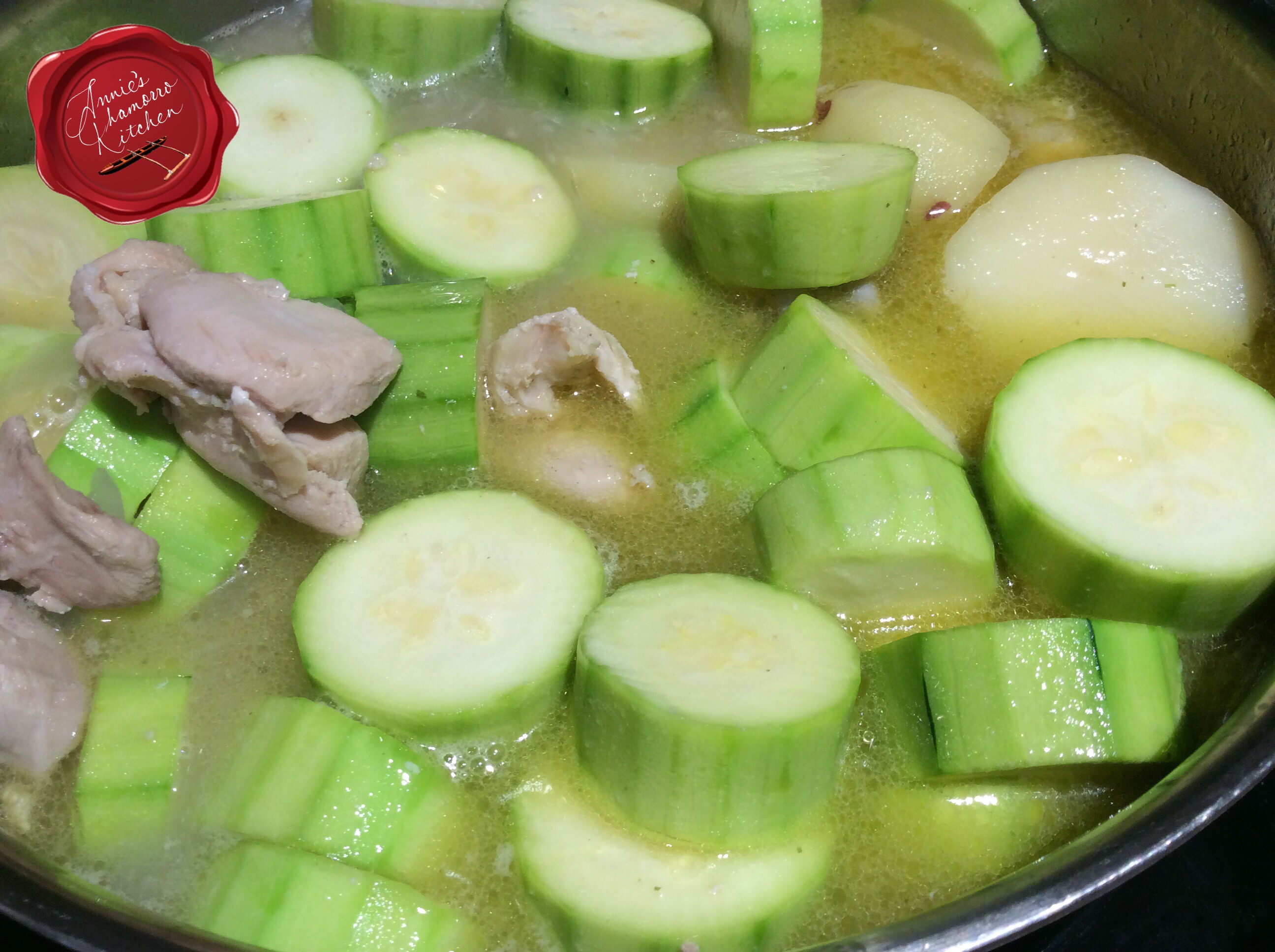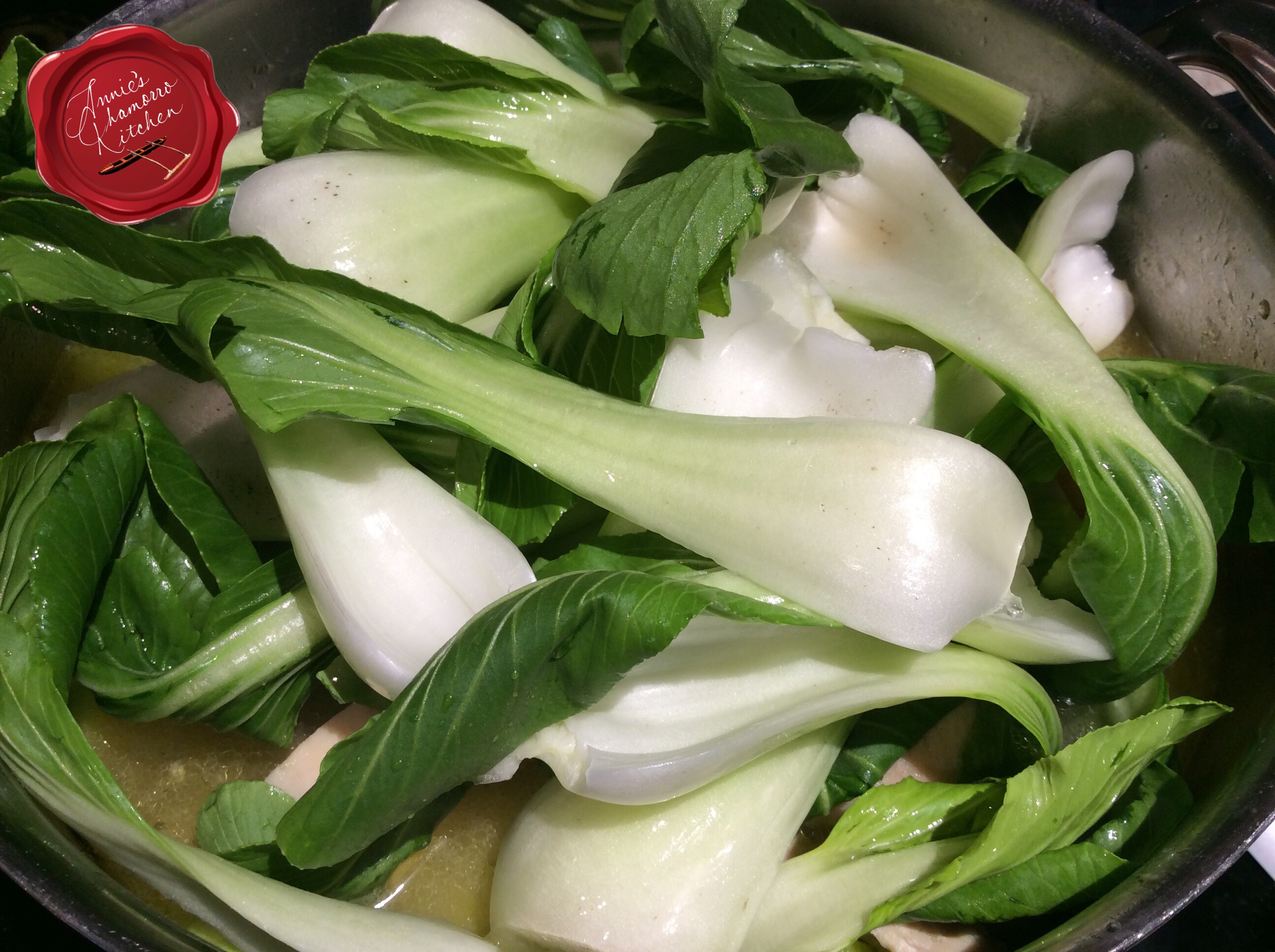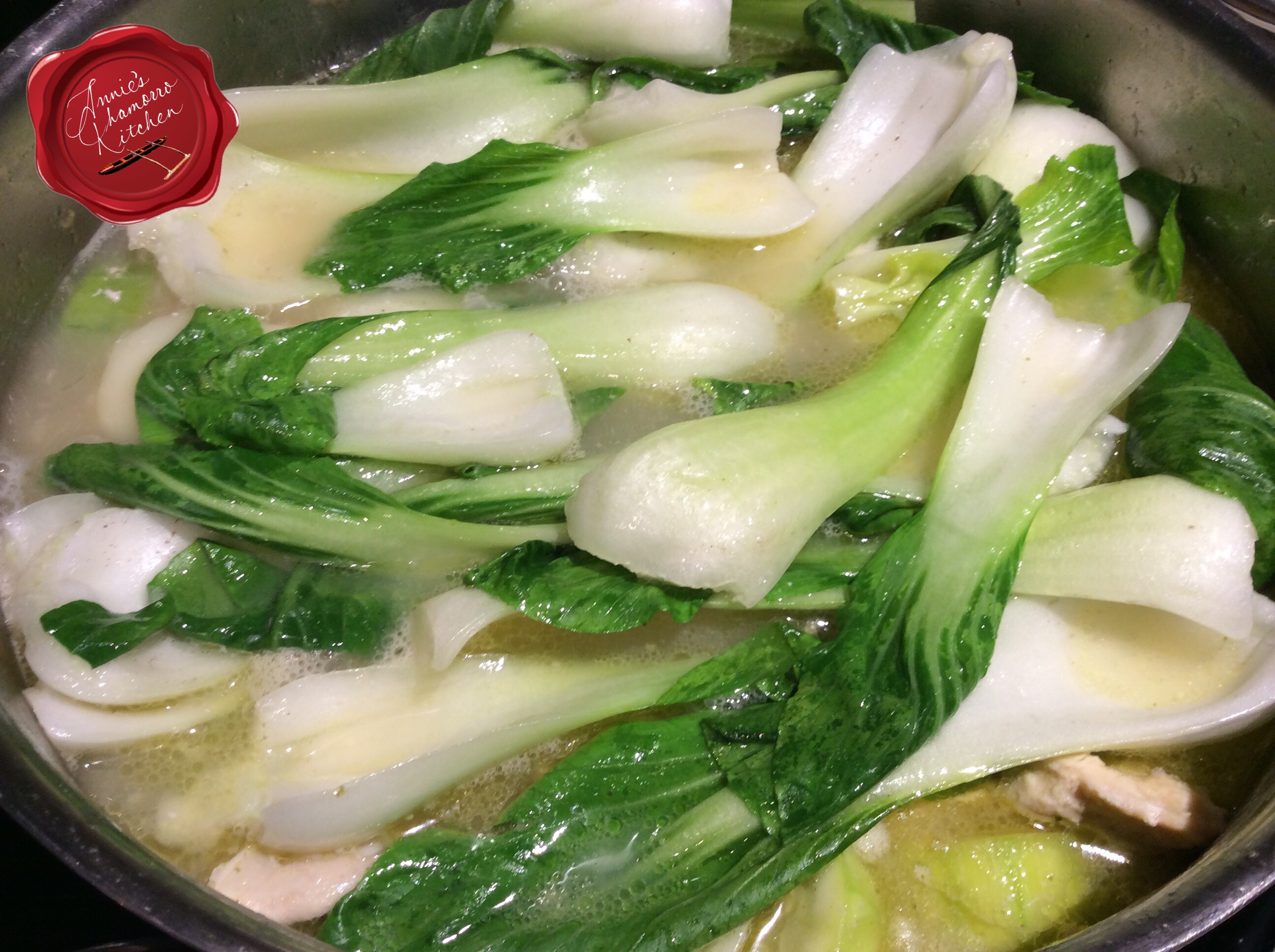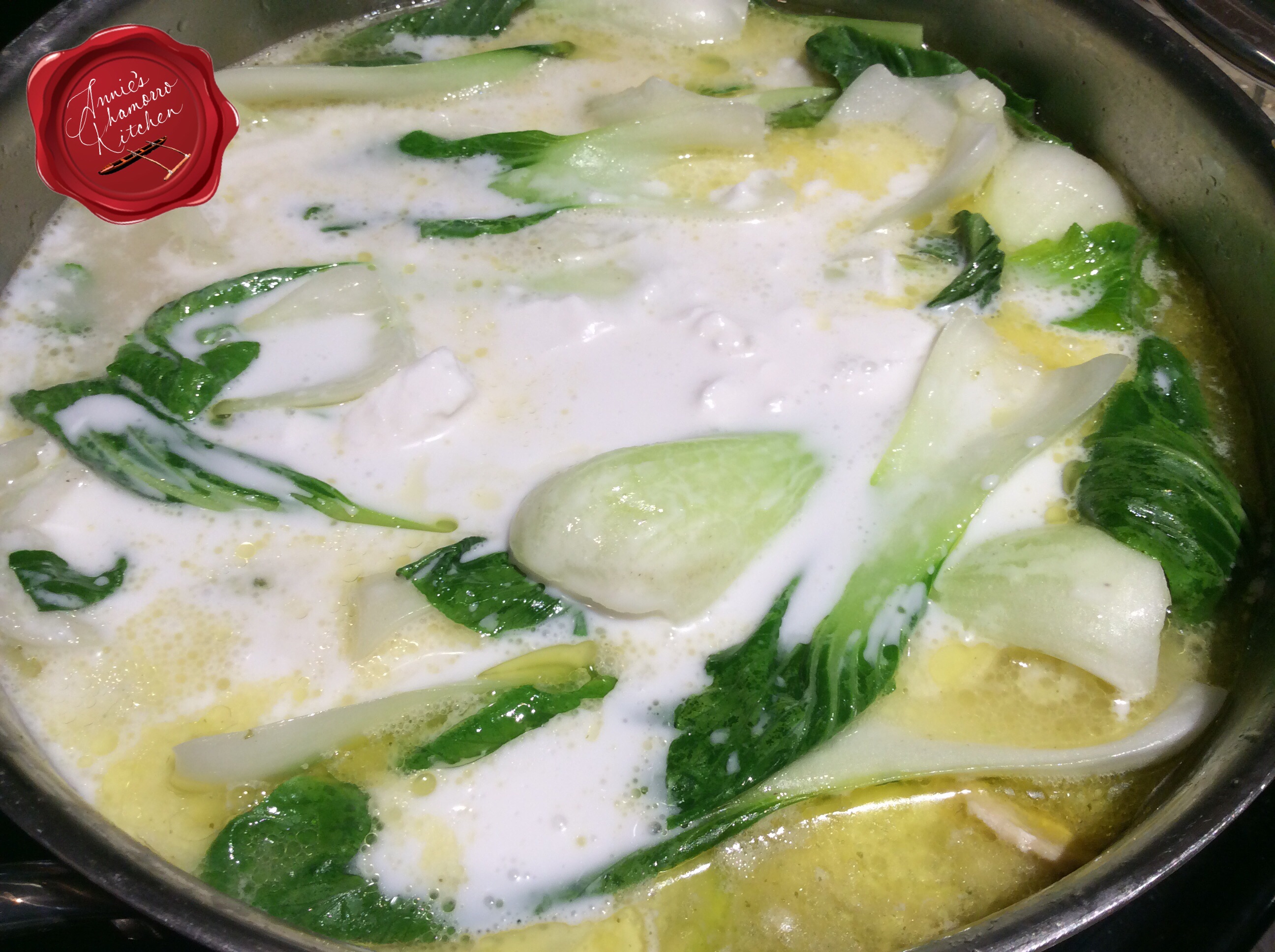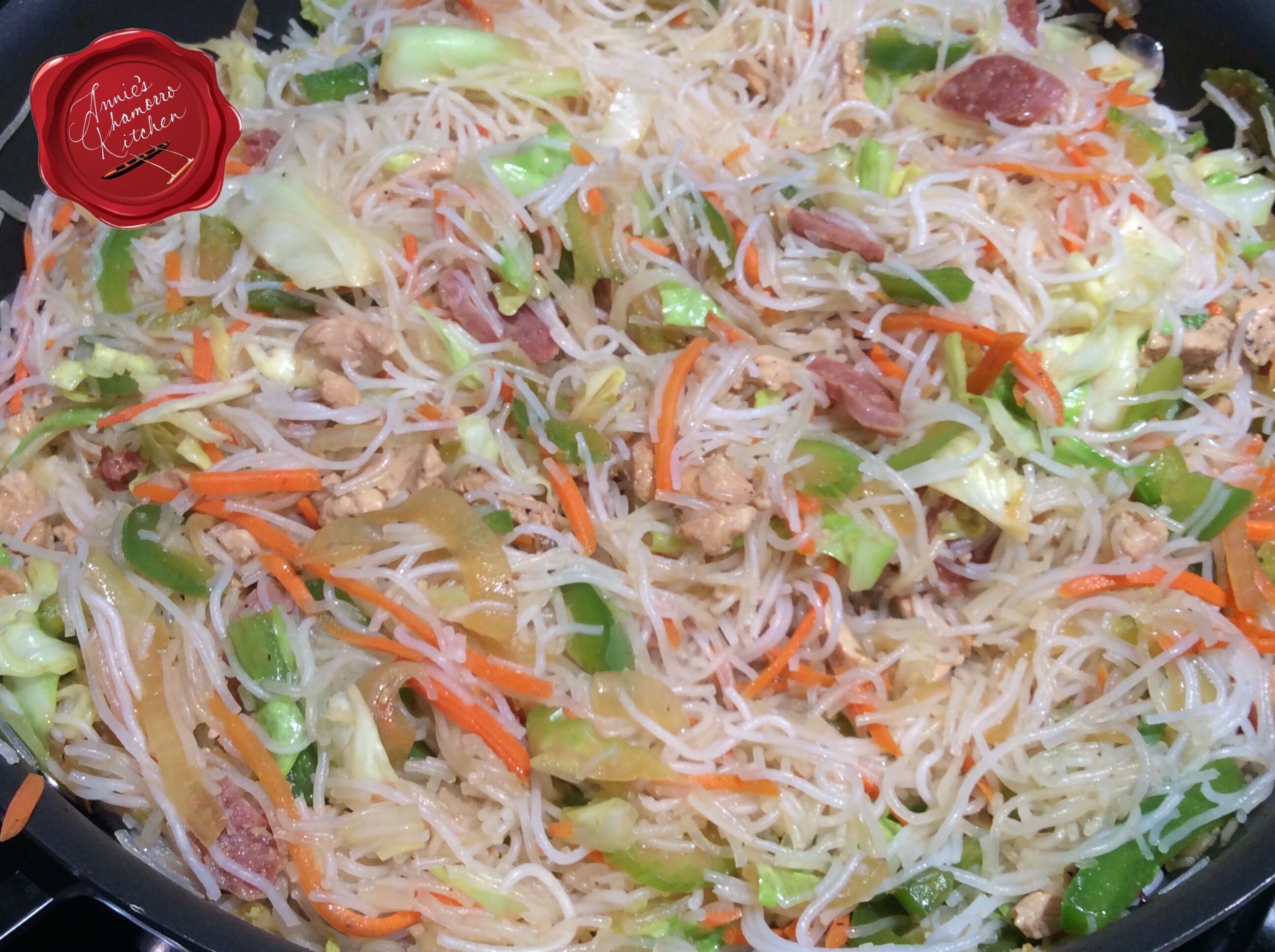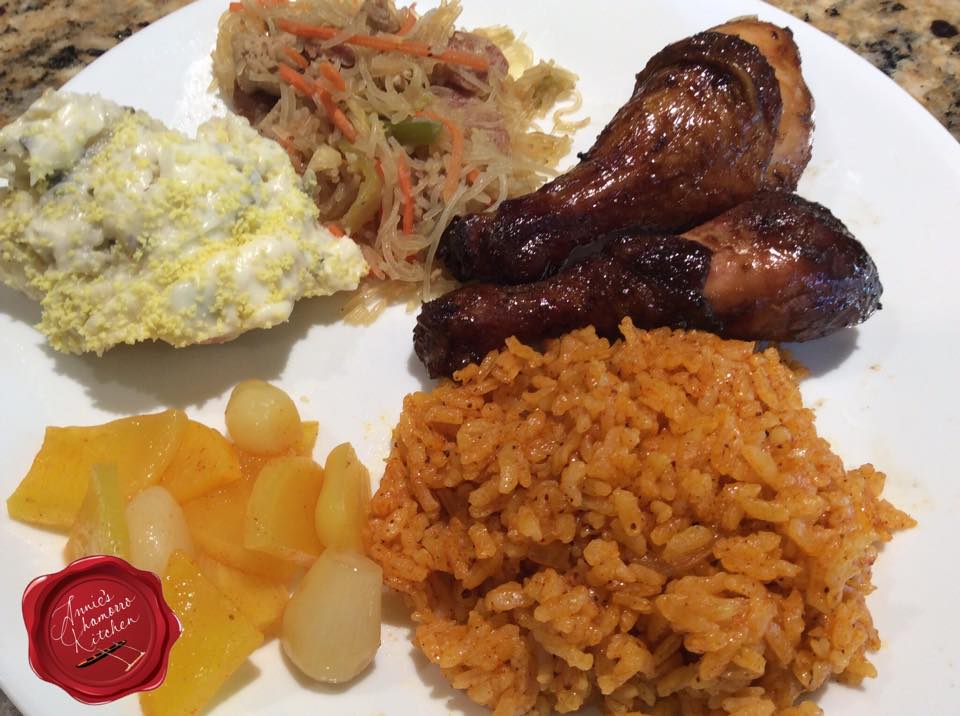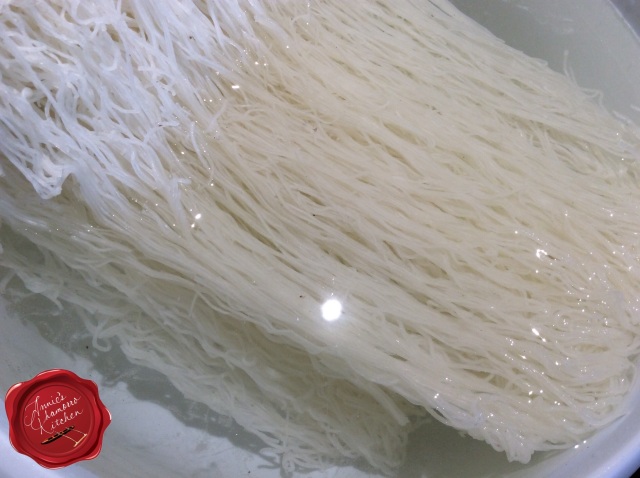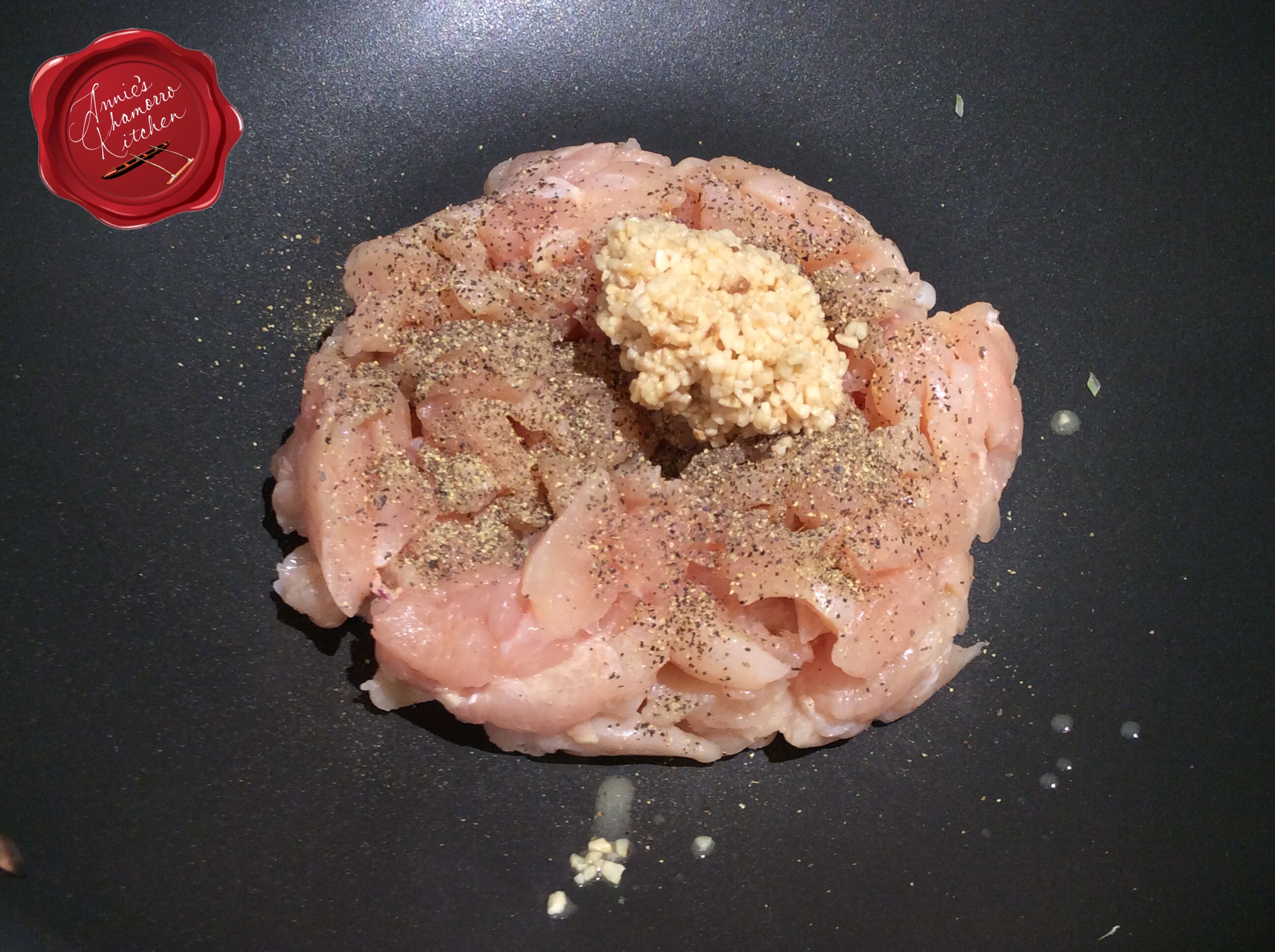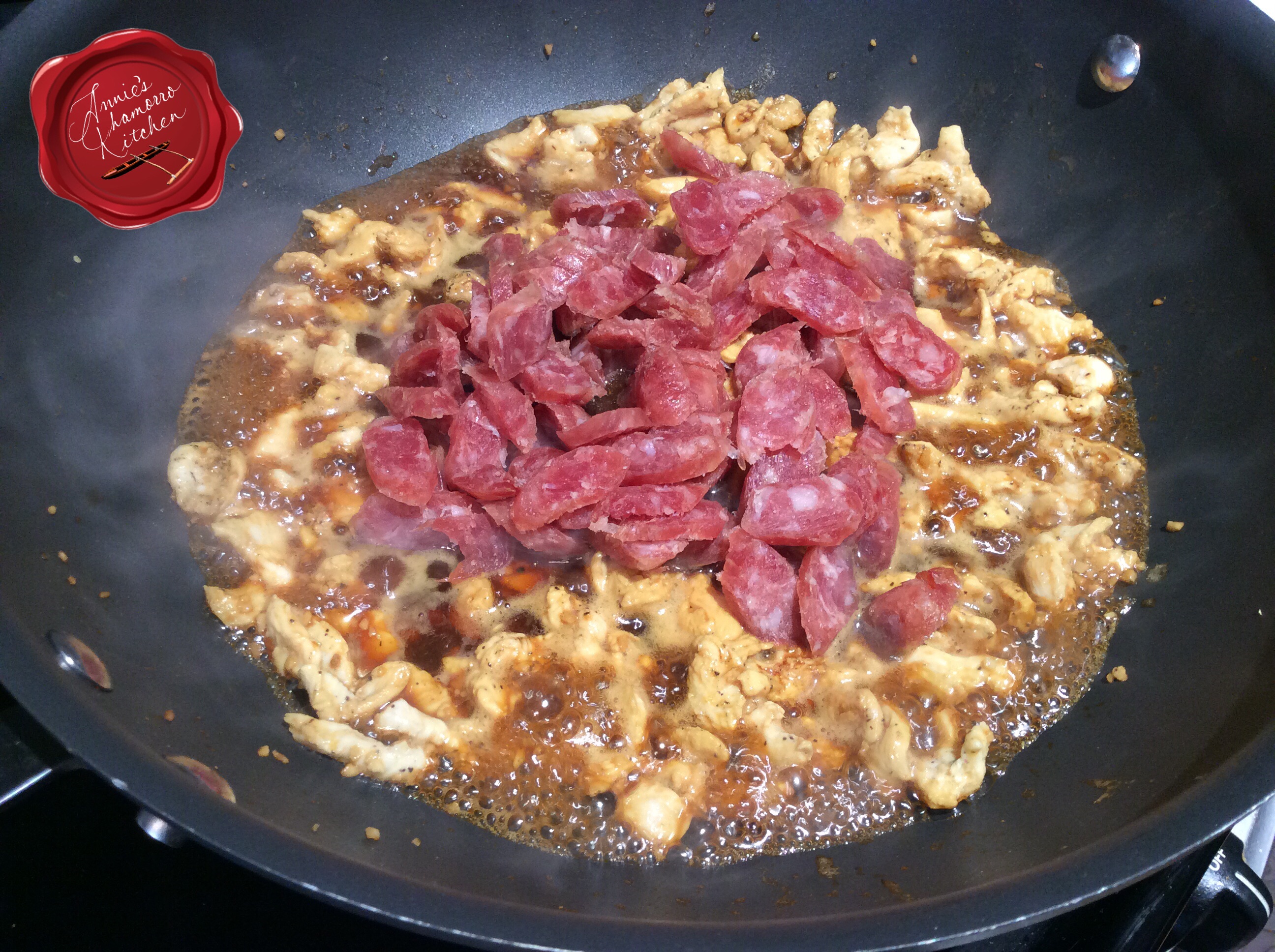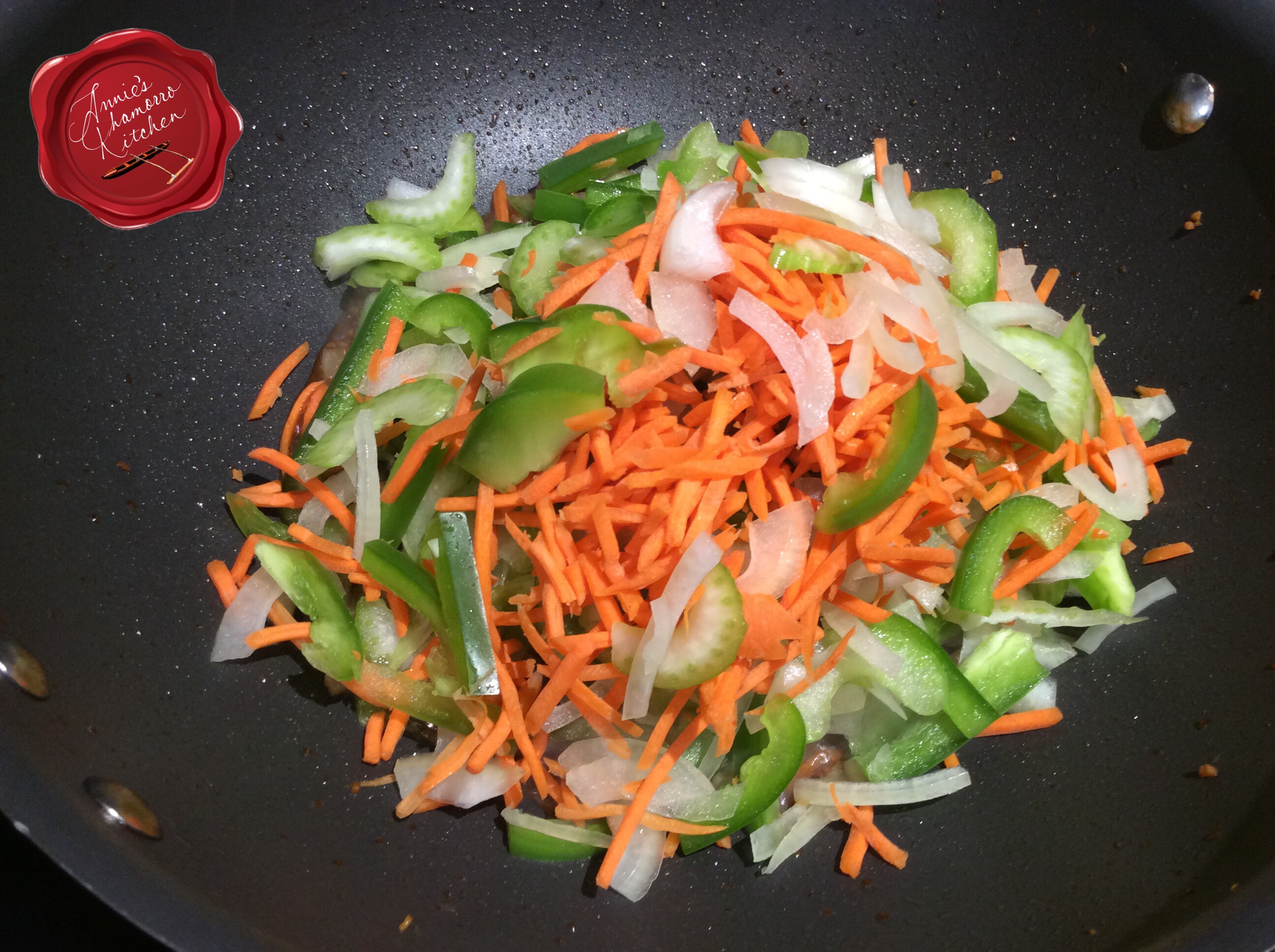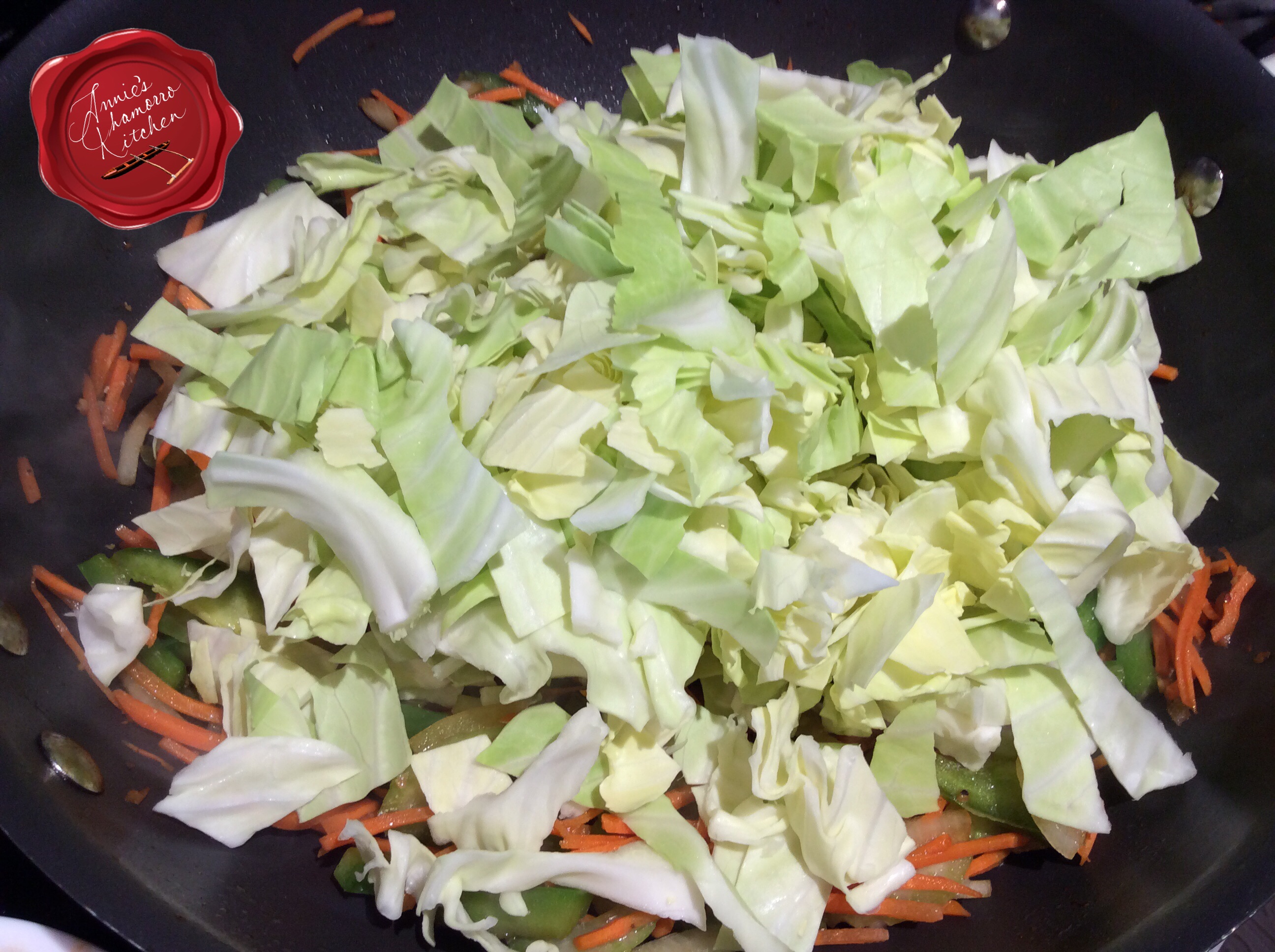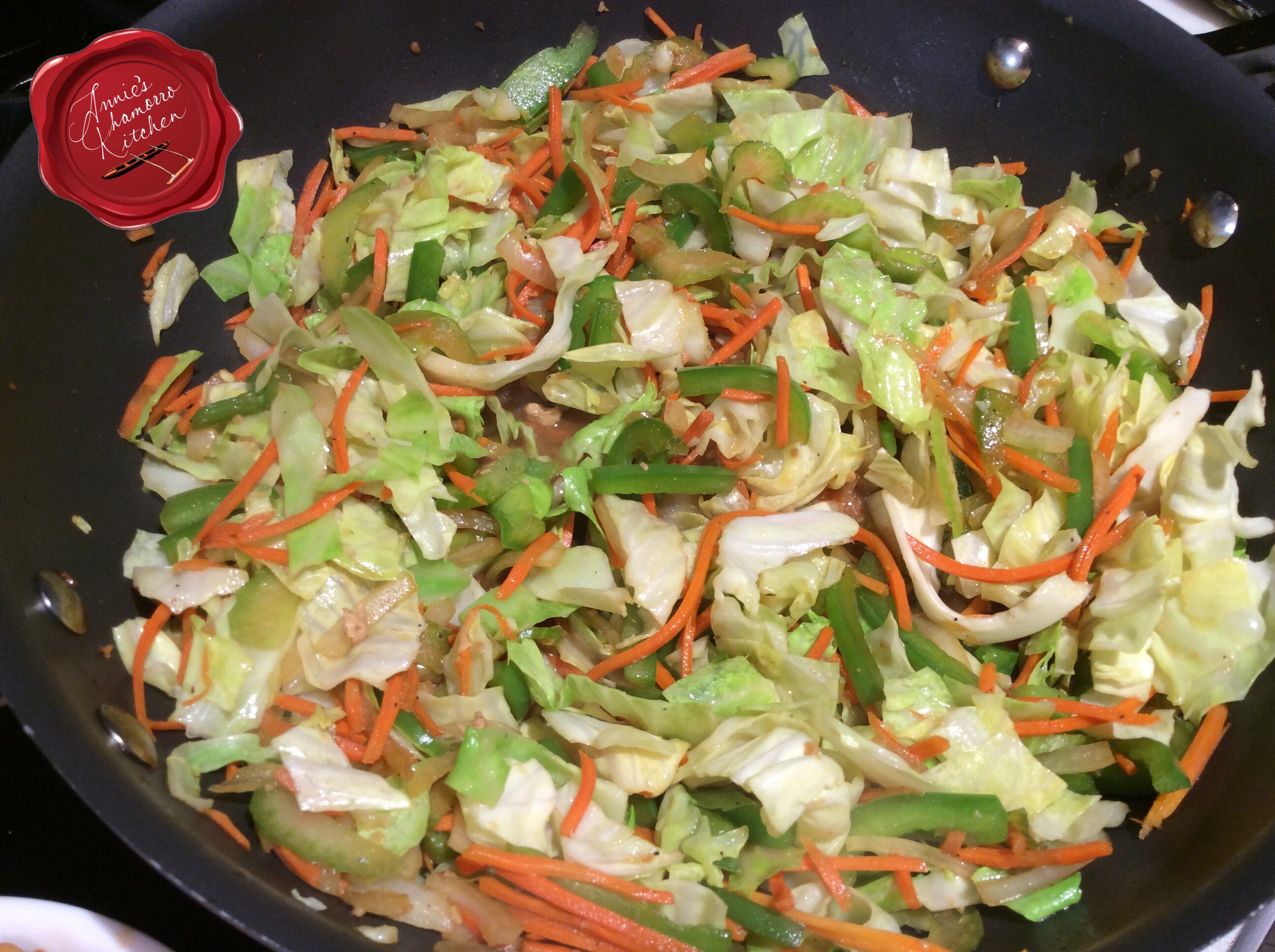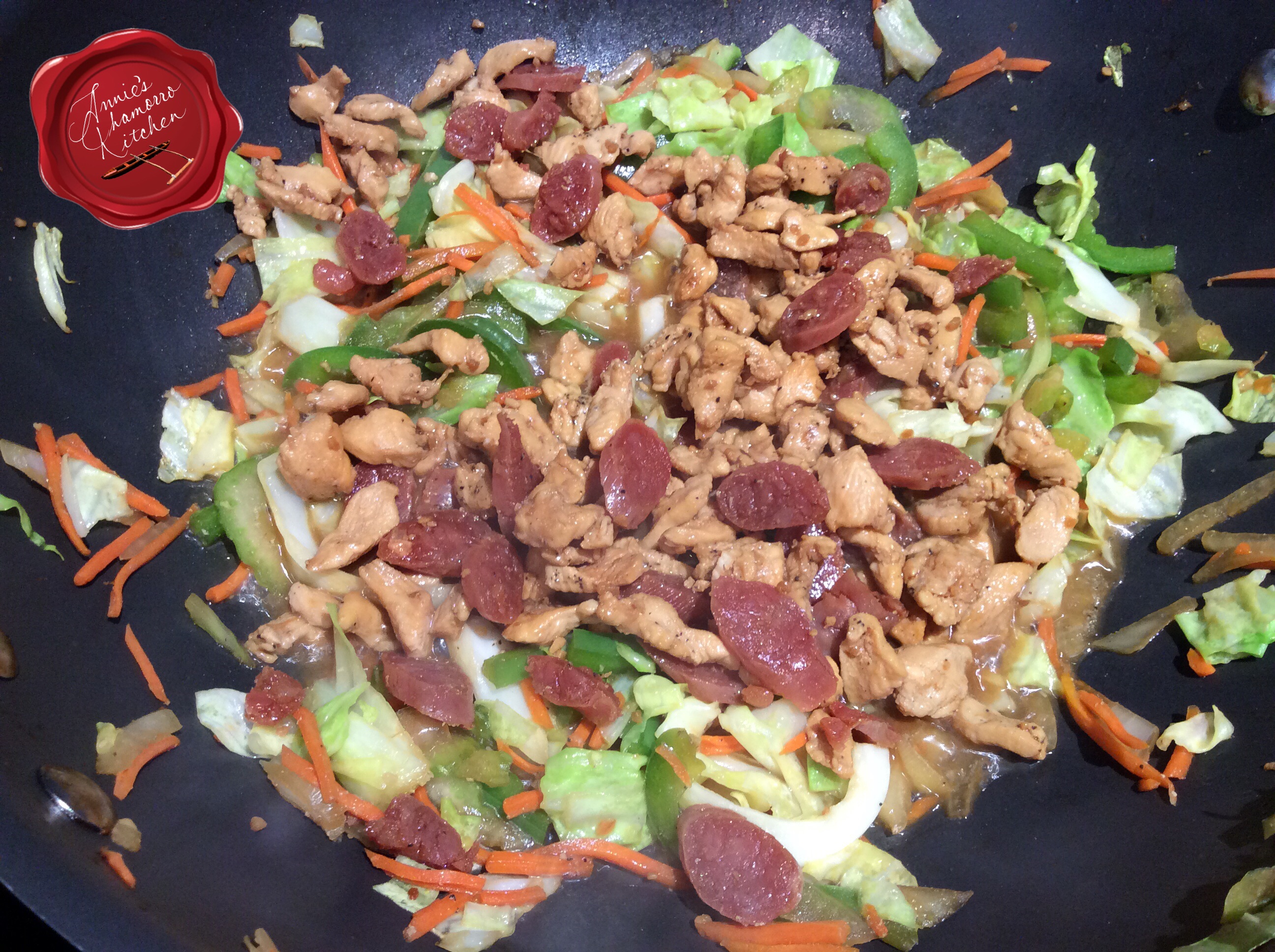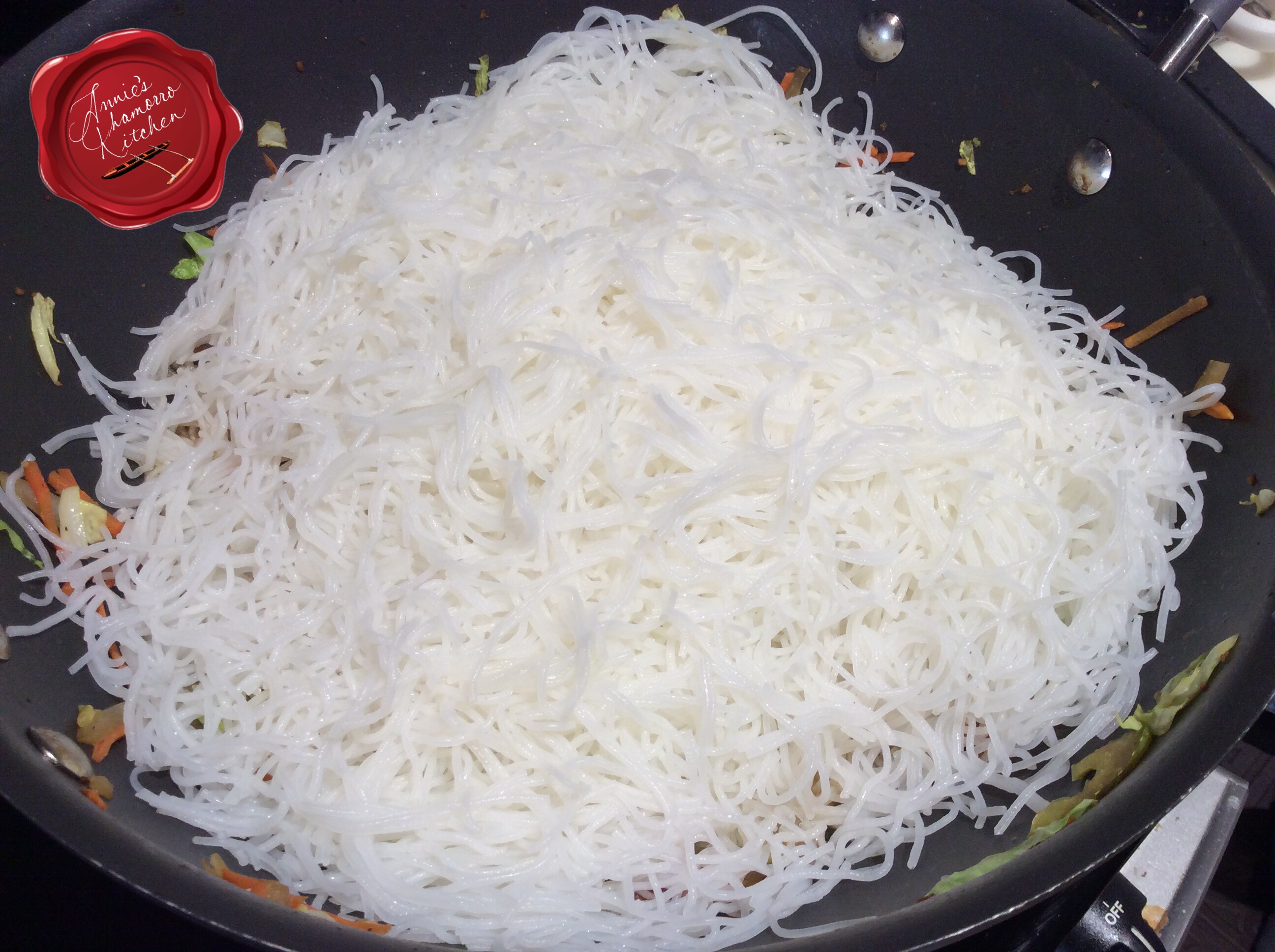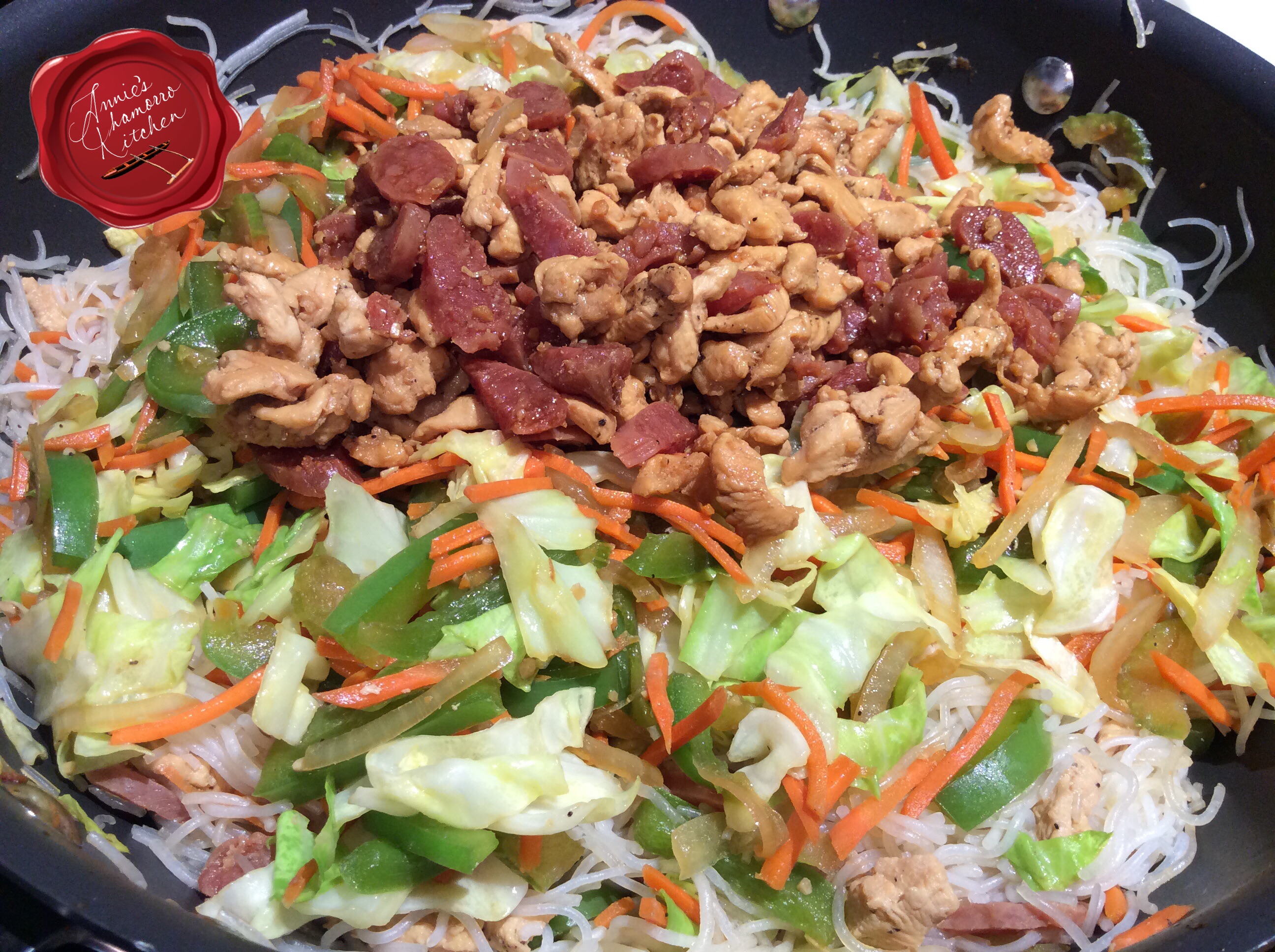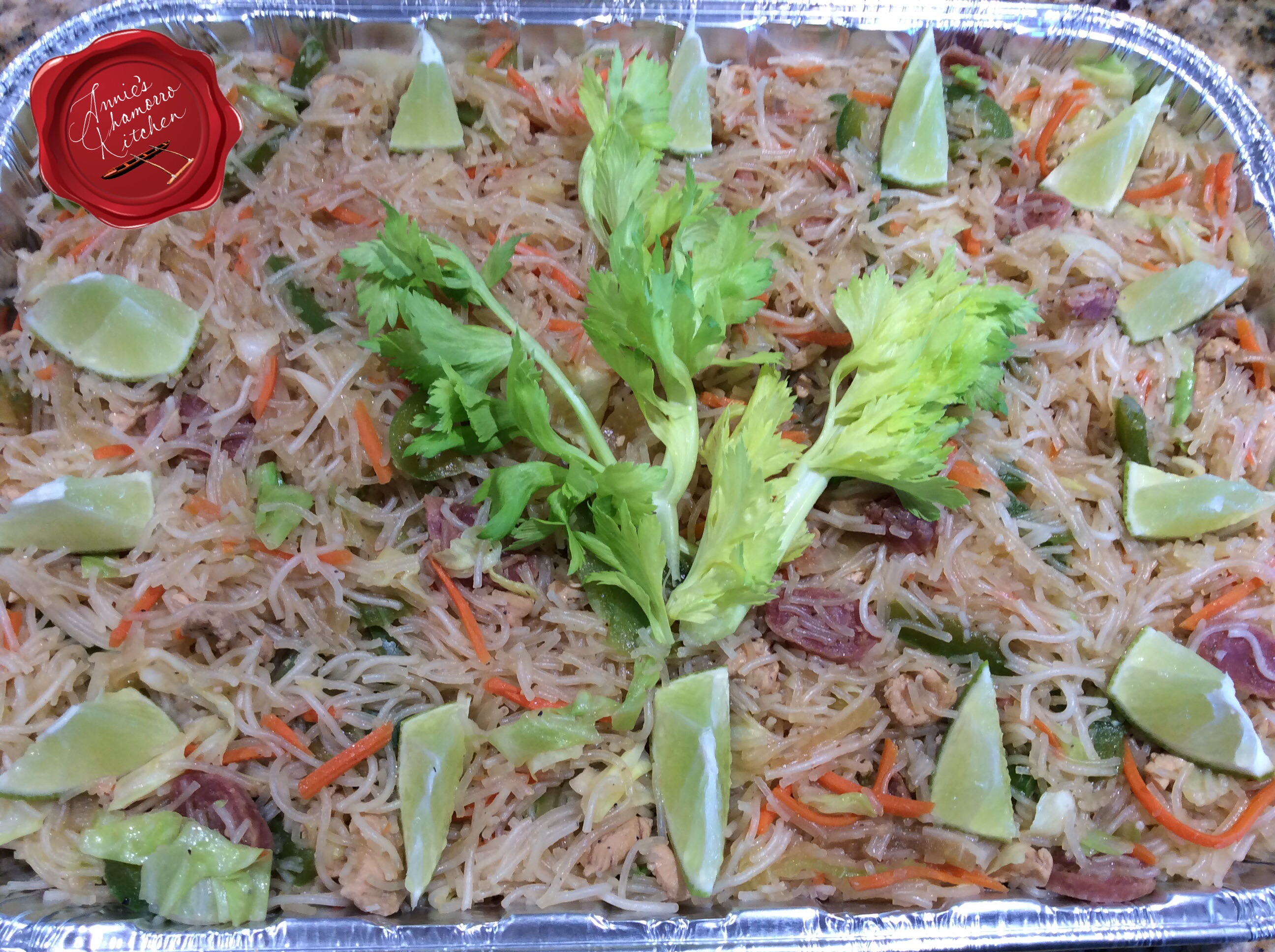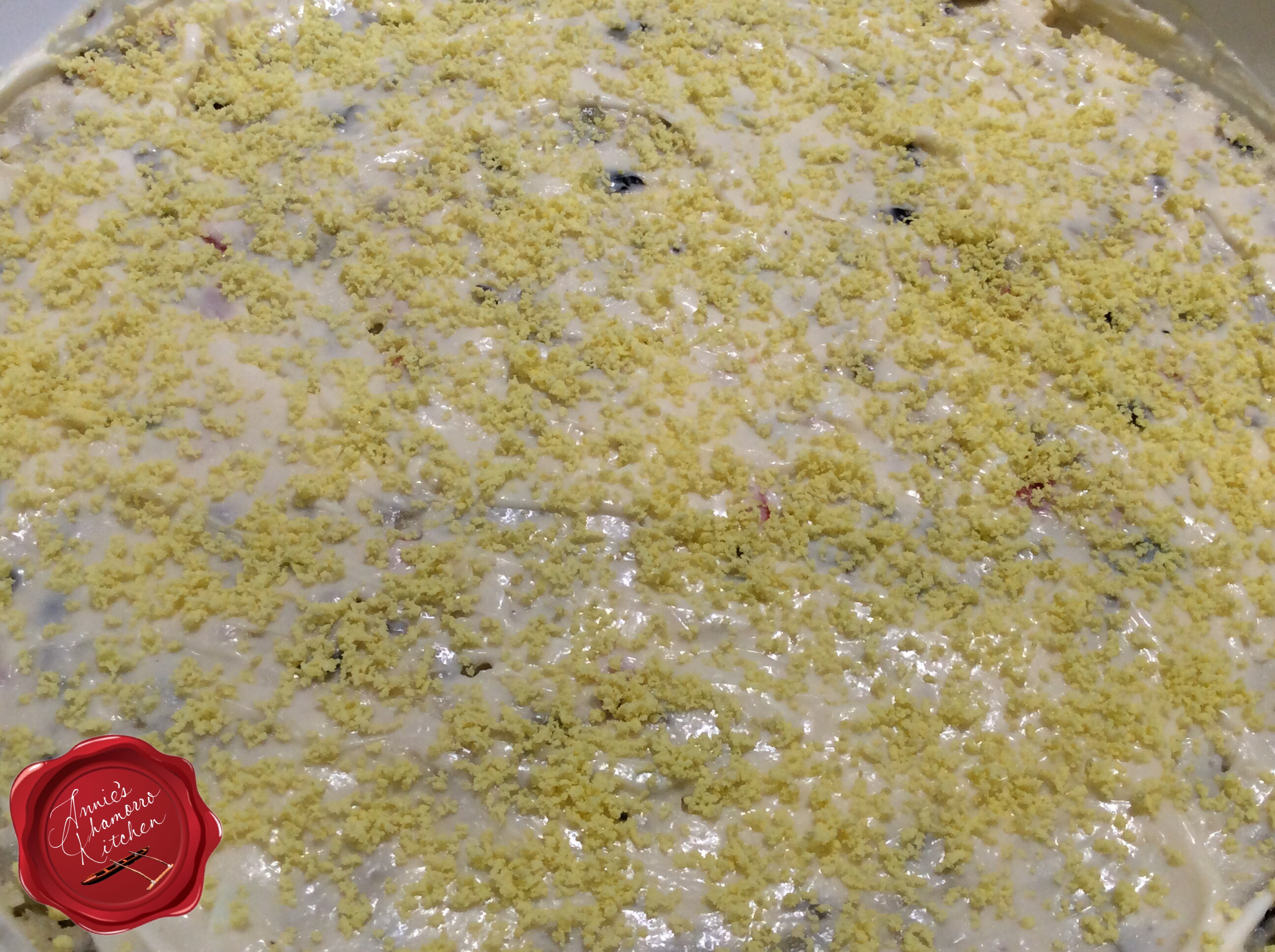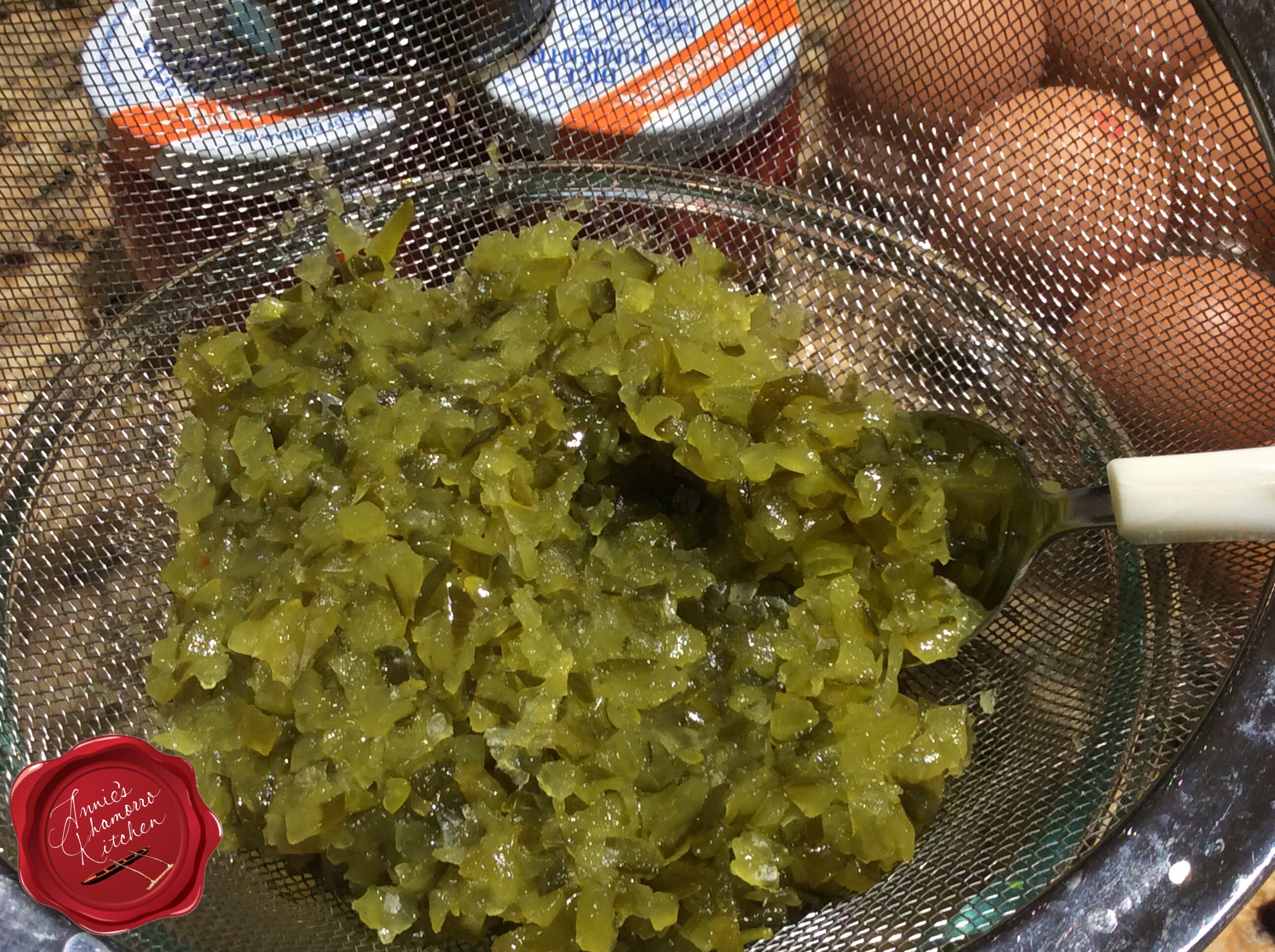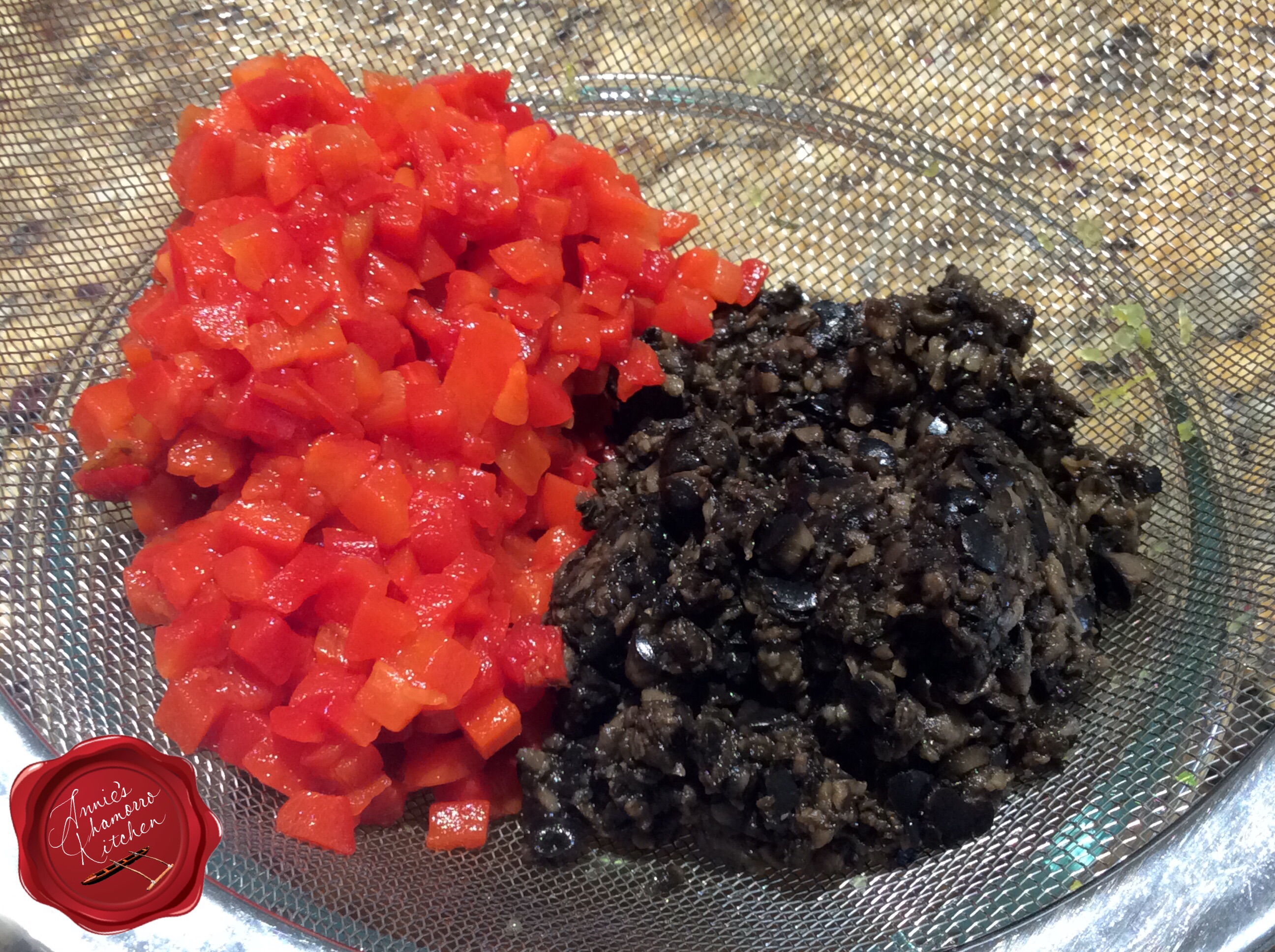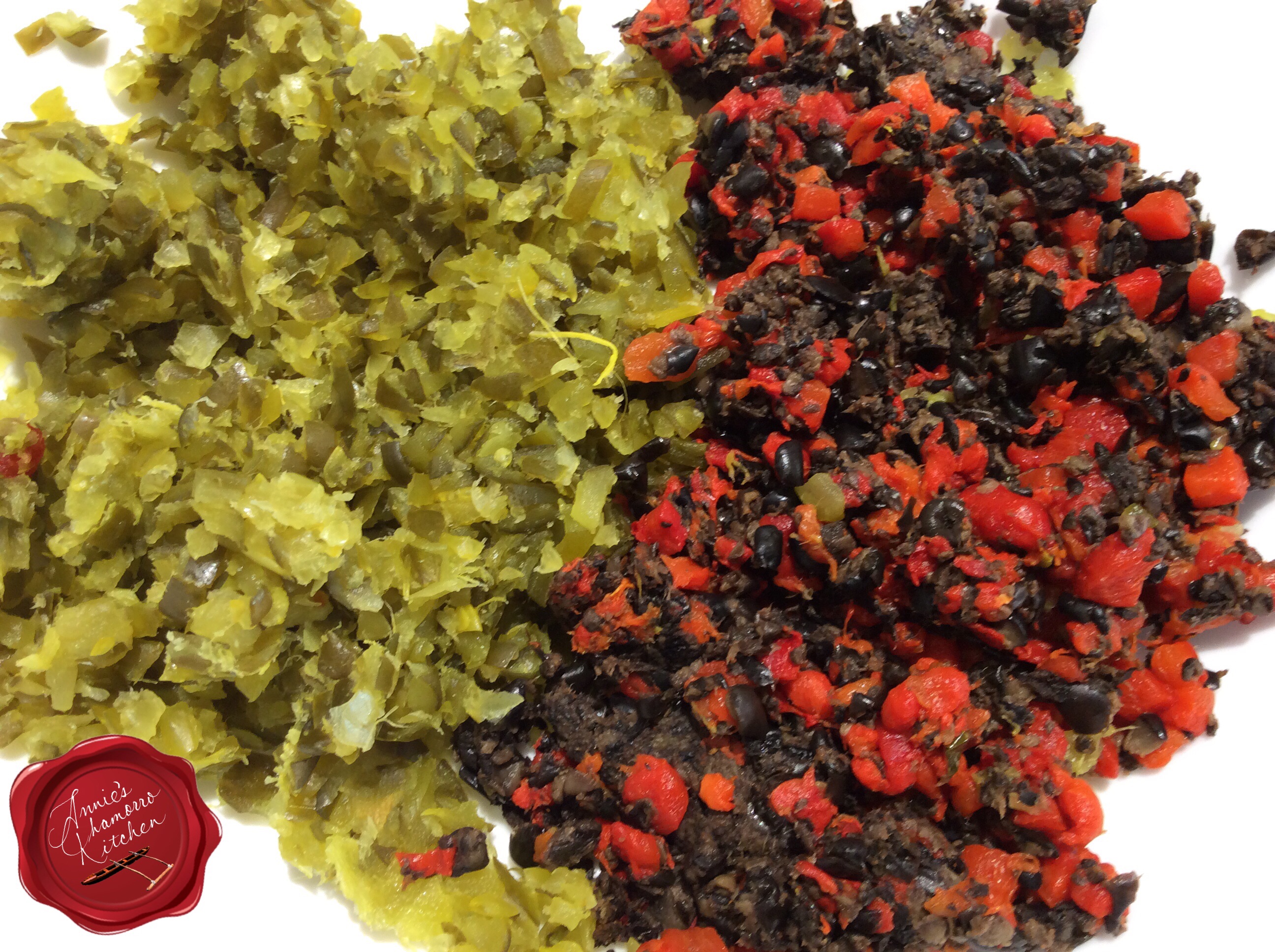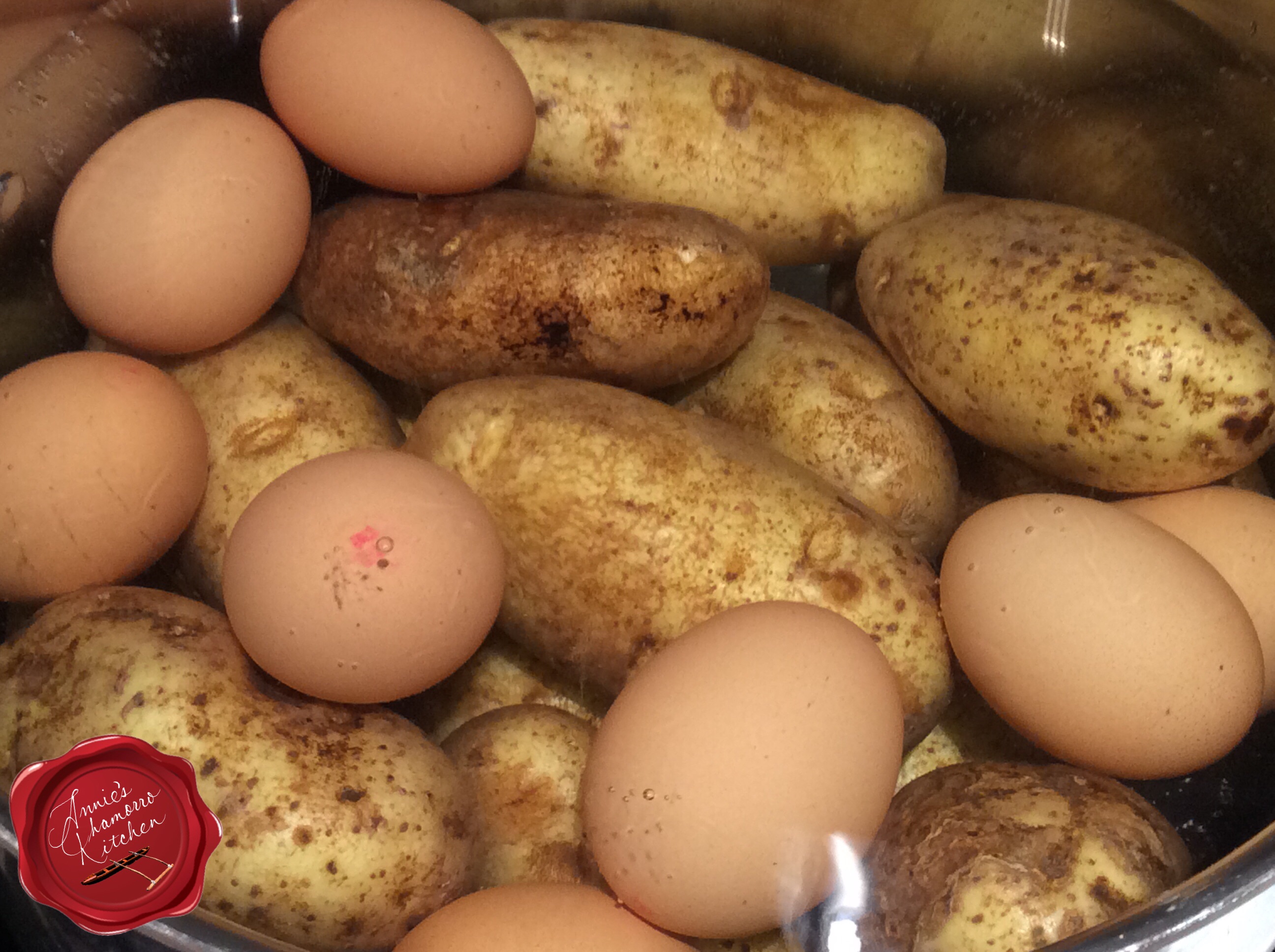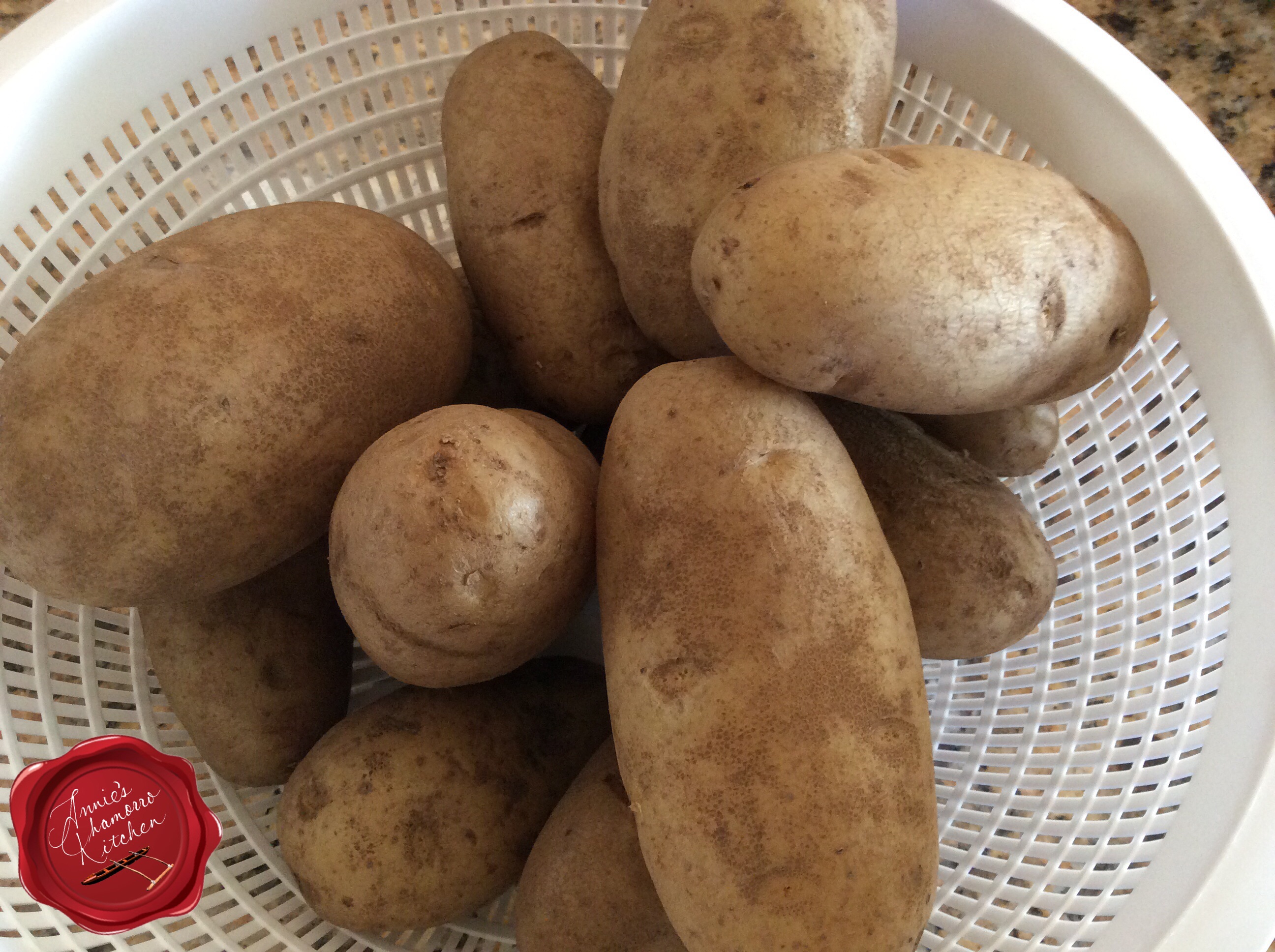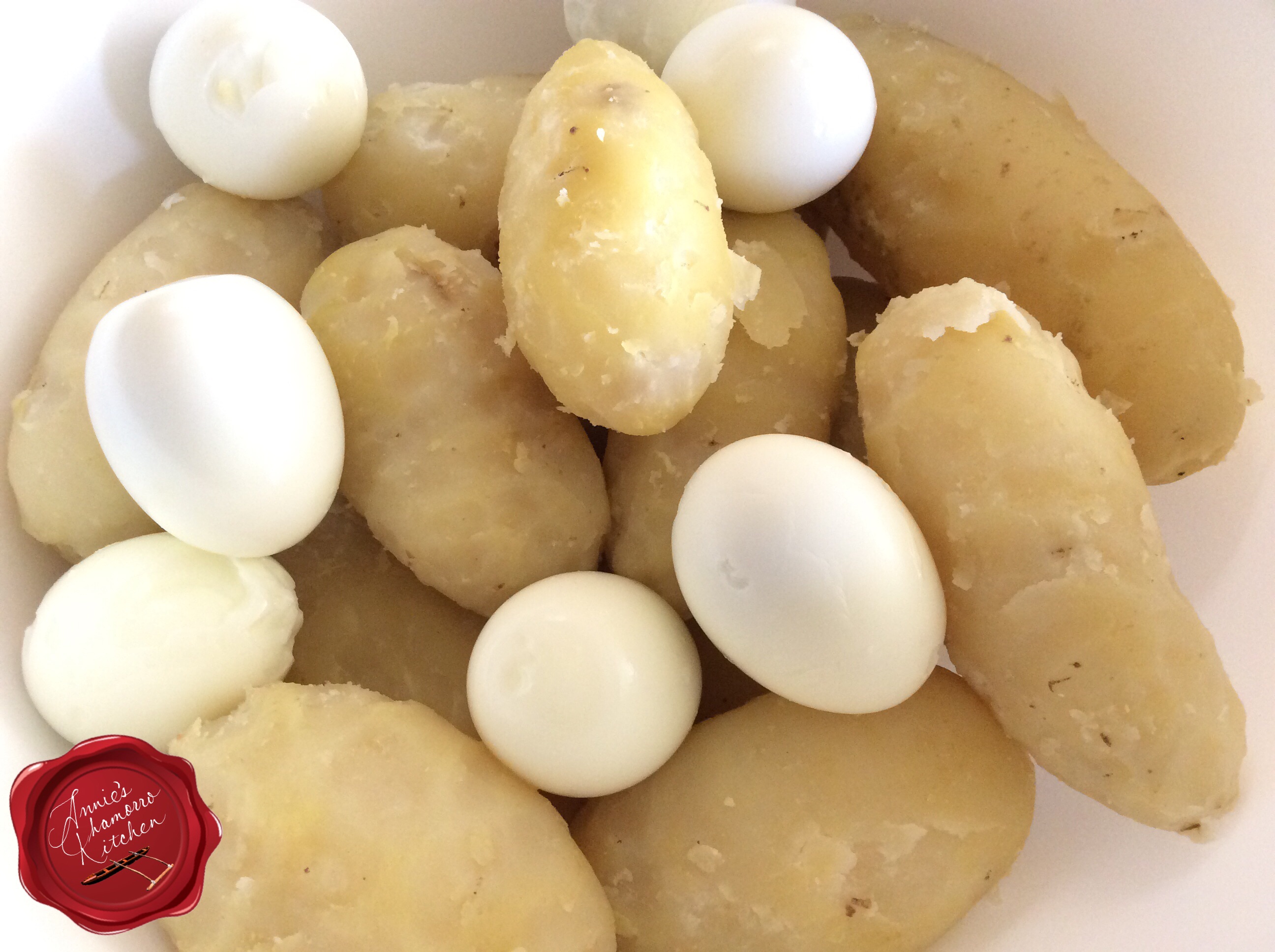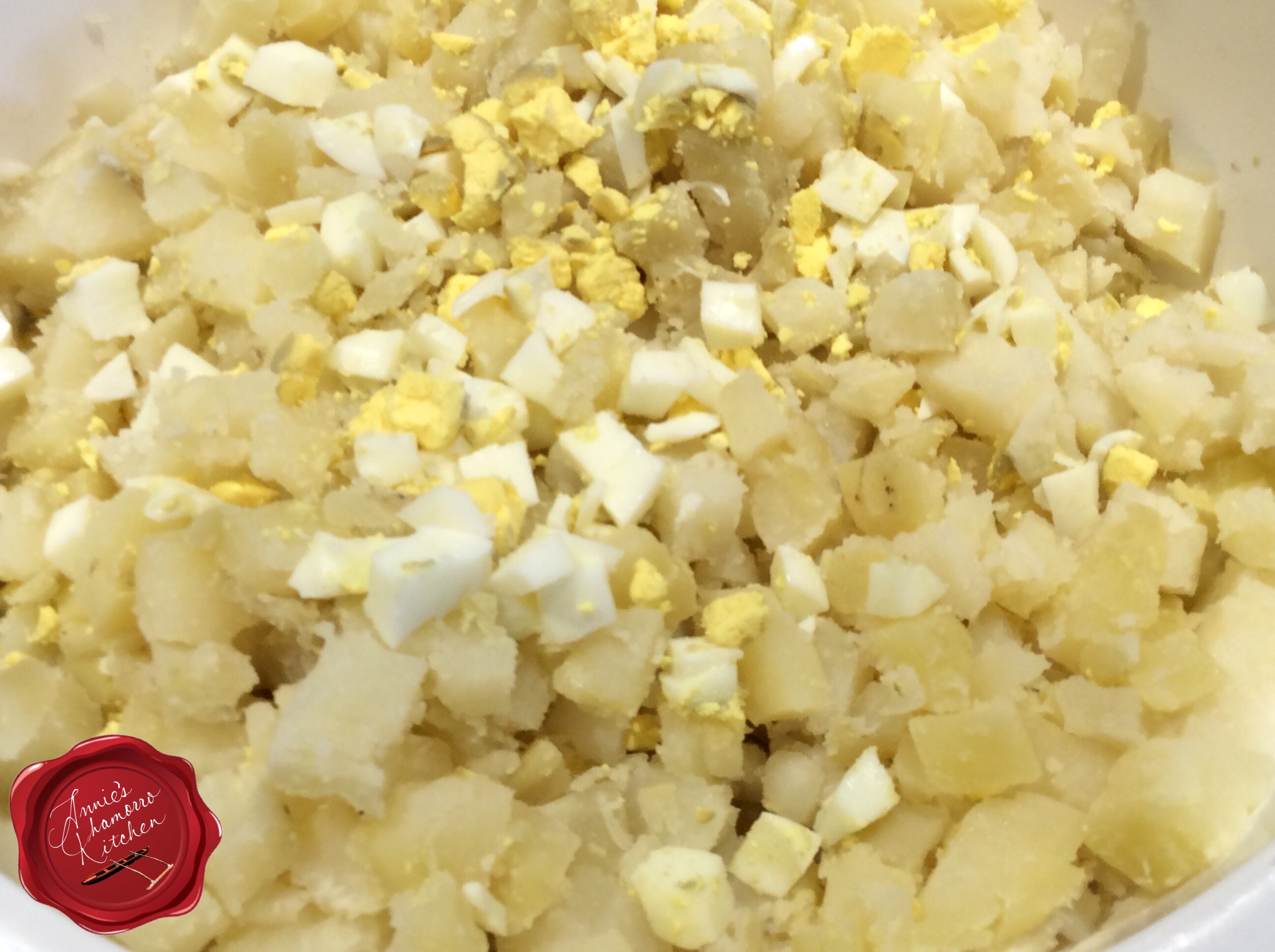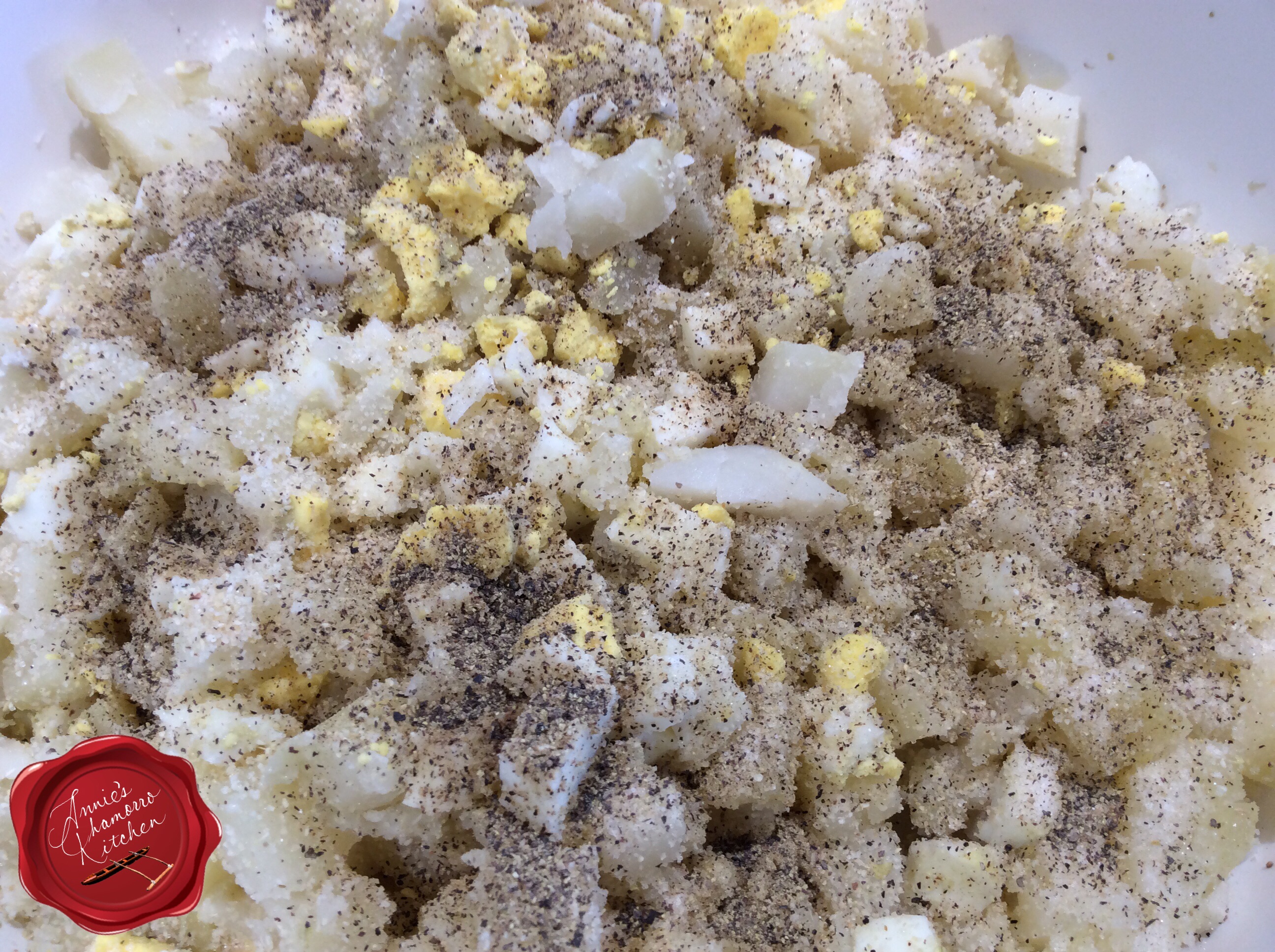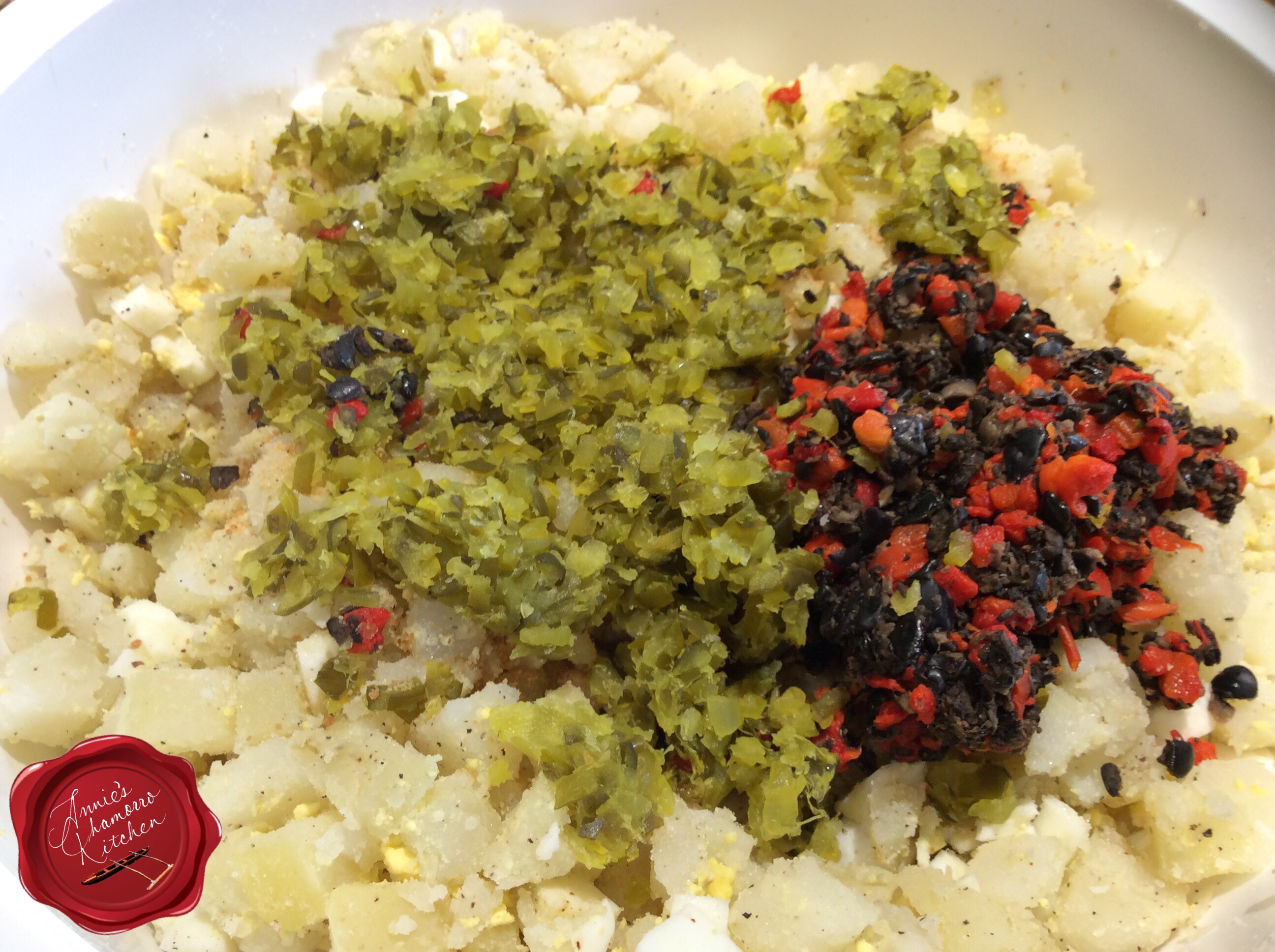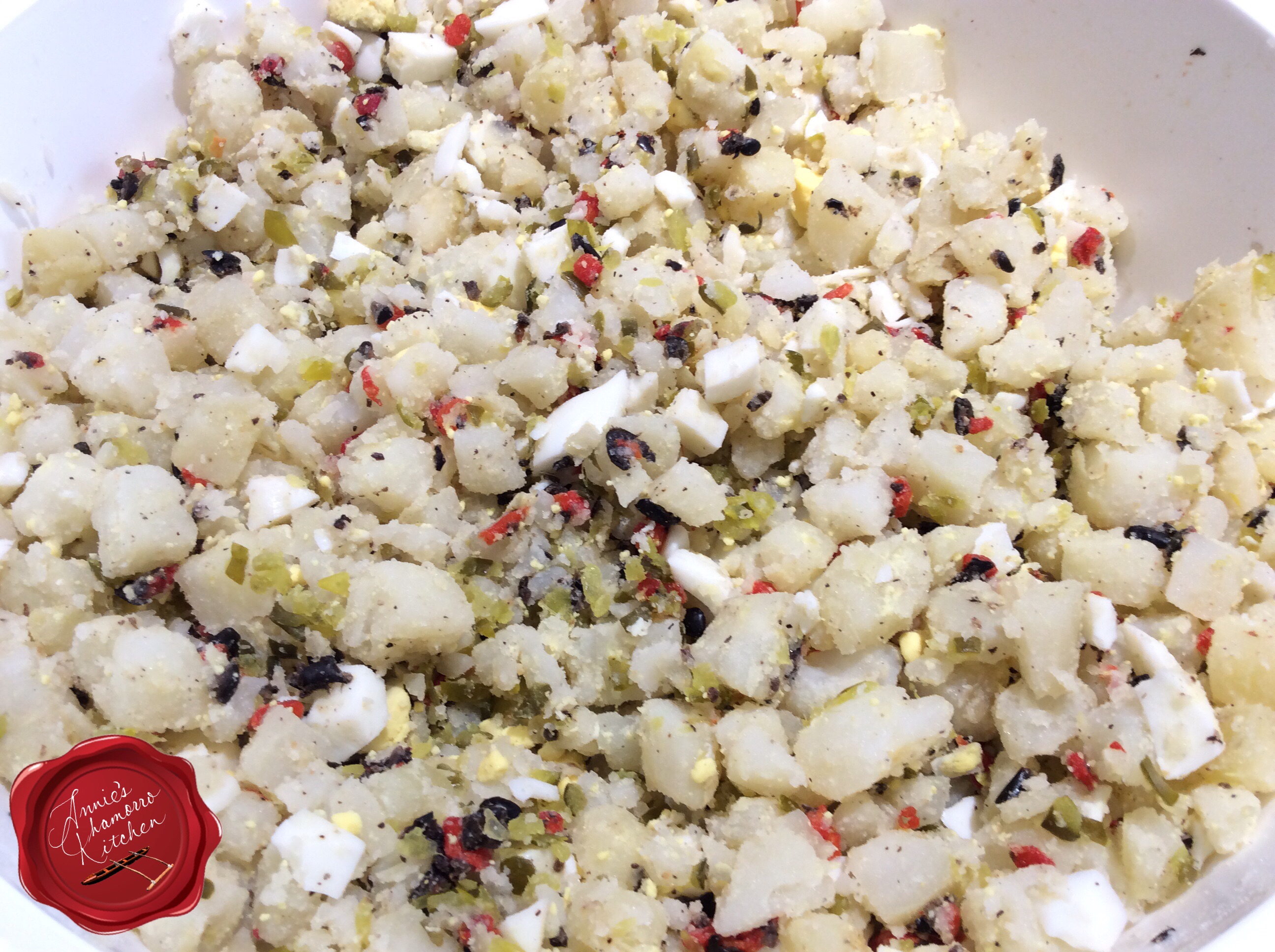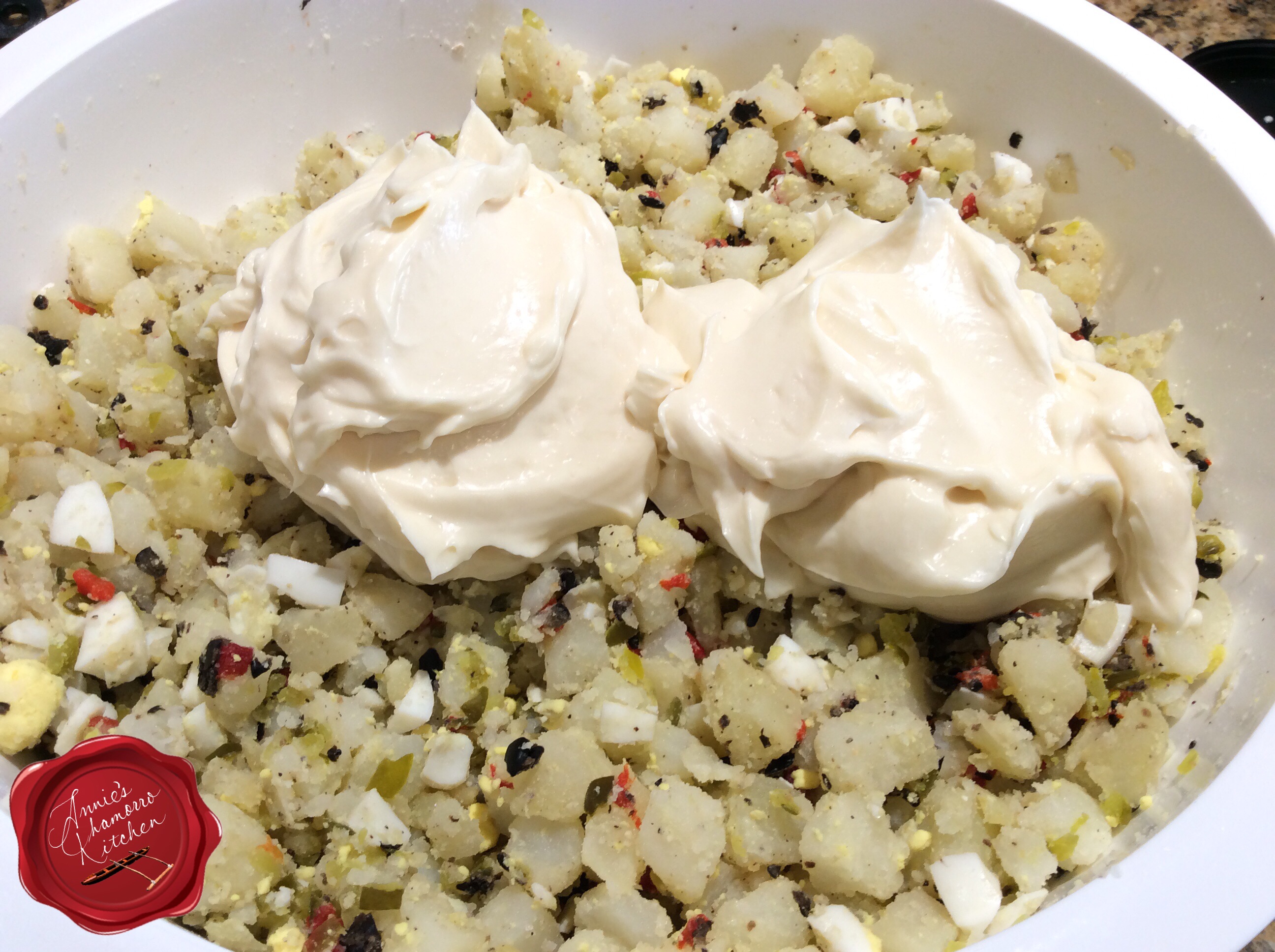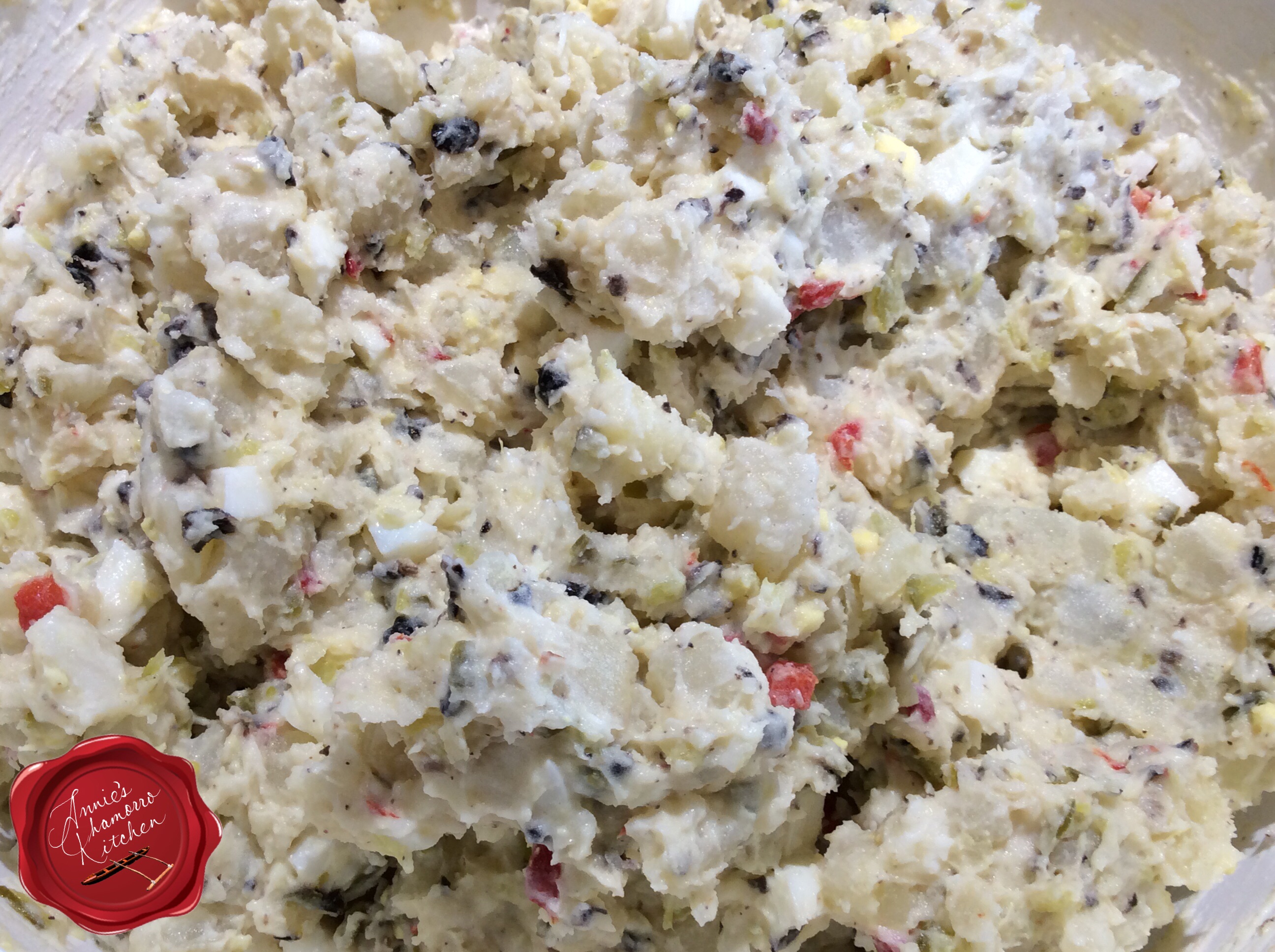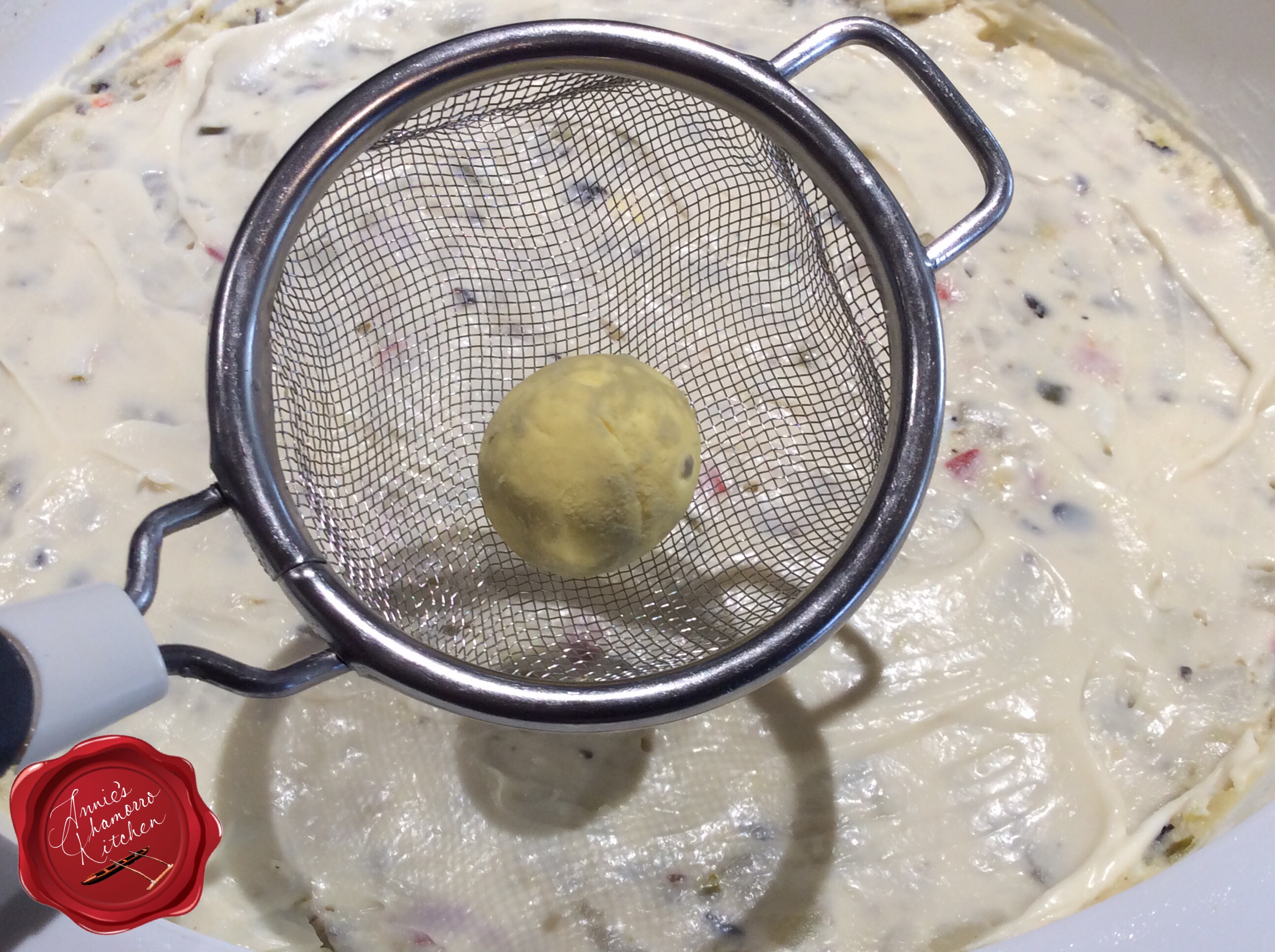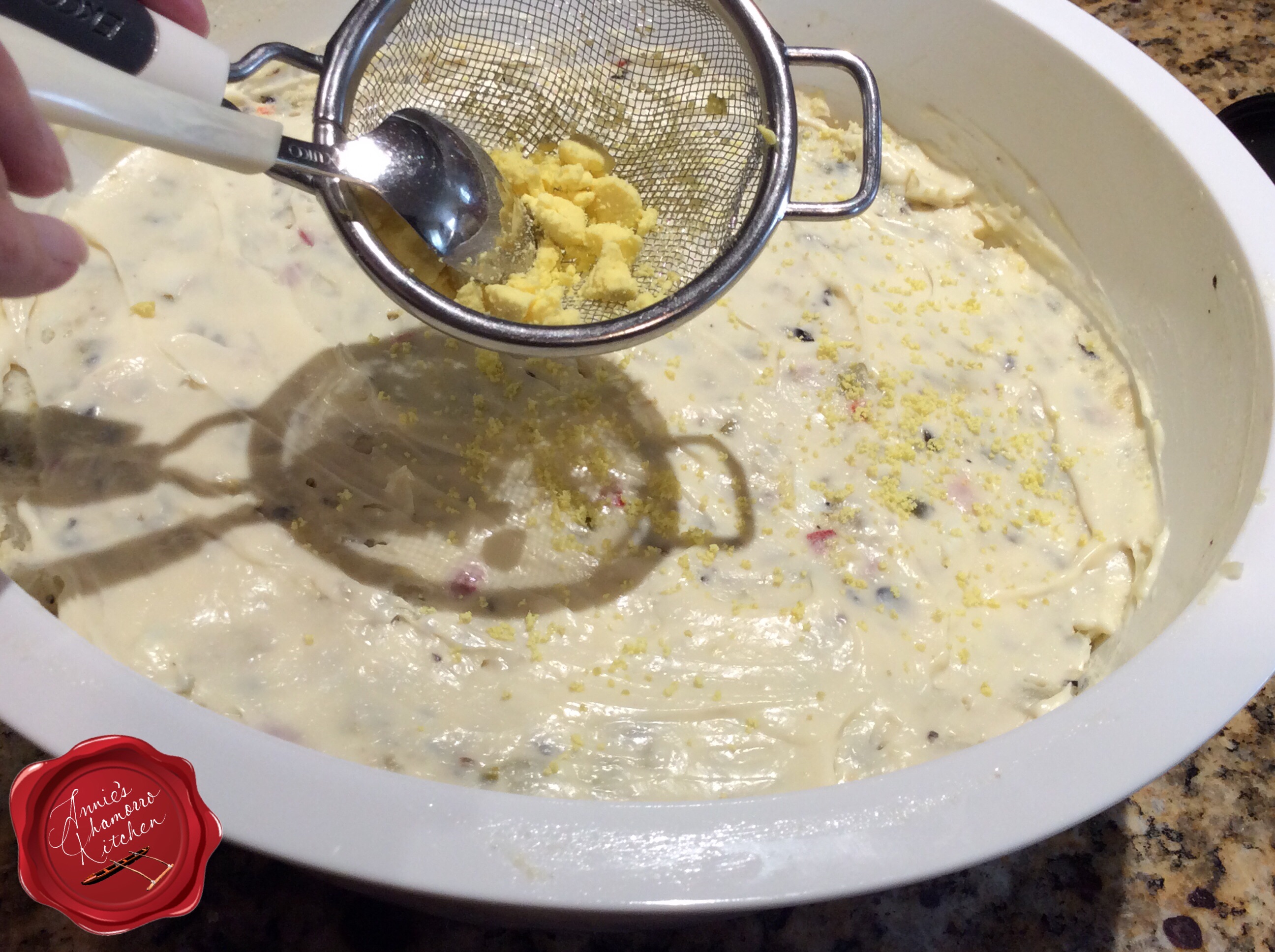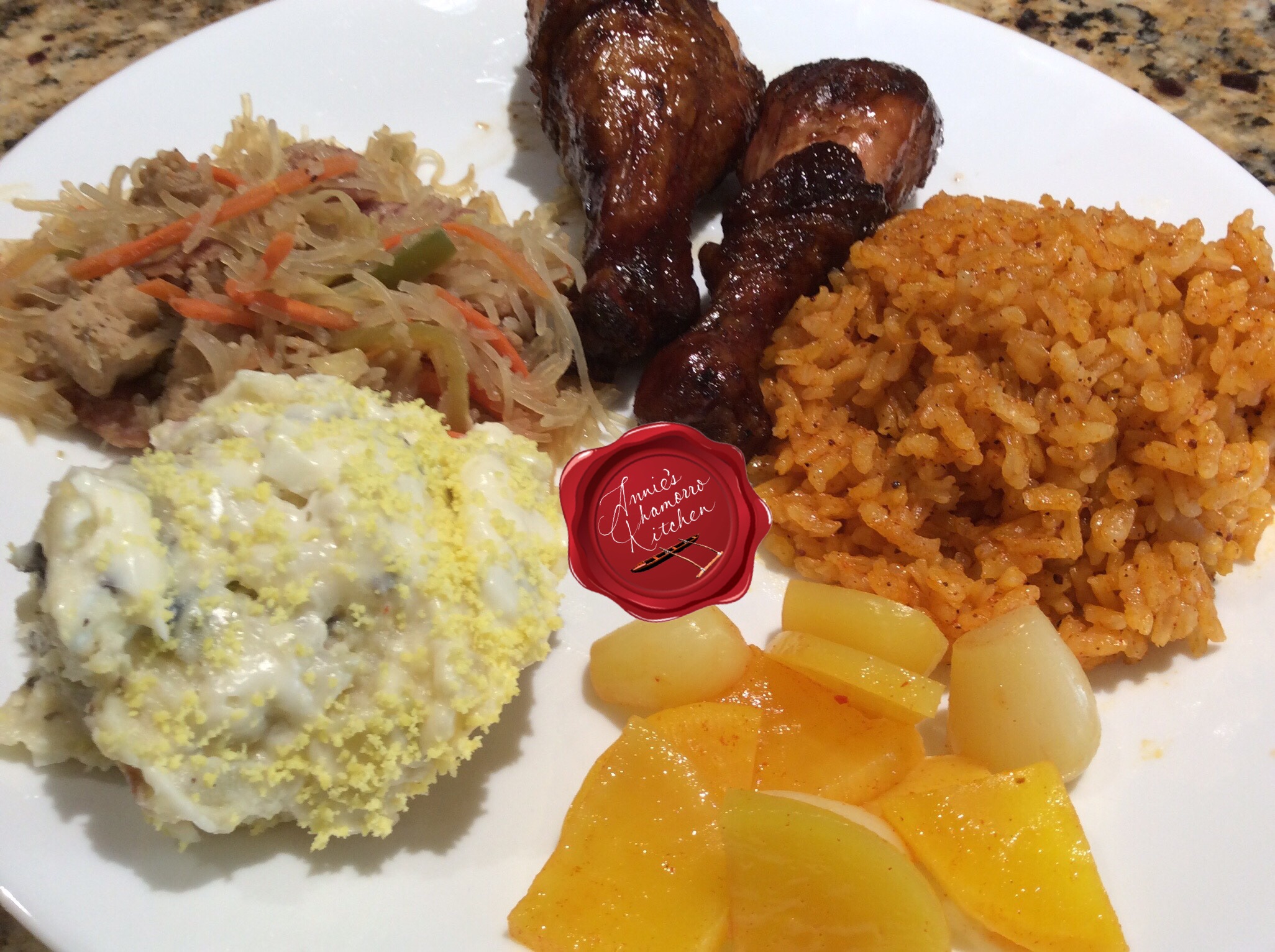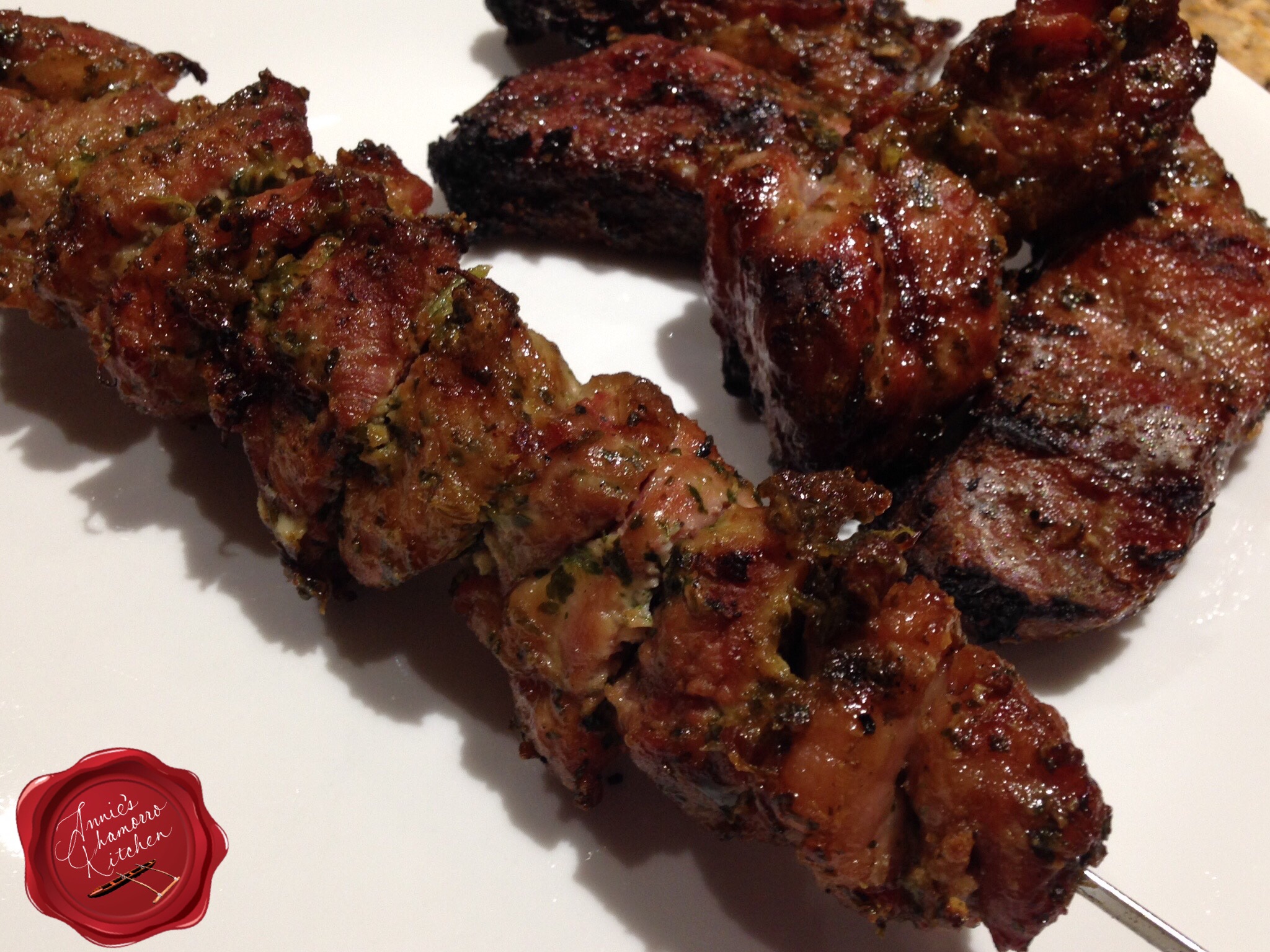
My Thai BBQ Pork is one recipe you’ll definitely want to try. The secret is really in the marinade and basting sauce. Cilantro, soy sauce, lots of garlic and fish sauce form the base for this yummy marinade. Lime juice not only adds wonderful flavor to the meat, but the acid also serves to break down the meat, allowing the marinade to work its magic.
The basting sauce, a mixture of rich coconut milk and some of the reserved marinade mixture gives you an added layer of flavor. The heat from the grill caramelizes the basting sauce as the meat cooks, creating beautifully browned and juicy pork with a slightly sweet and savory coating.
Now that I’ve got you drooling, here’s how to do it.
Place the cilantro (leaves AND stems) and garlic in a food processor along with the soy sauce. You’ll need the liquid in there to help break down the cilantro.
Pulse or grind the mixture until your mixture looks like the photo below. You want the cilantro chopped as finely as possible.
Place the cilantro mixture into a large bowl or pan. Add the rest of the marinade ingredients to the bowl, stirring to combine it all.
Remove about 1/4 cup of the marinade mixture; place it into a small bowl along with coconut milk. This will be your basting sauce.
Place the pork into the marinade. Use your favorite cut of pork, but make sure you use something that has some fat; lean pork will dry out too quickly for this dish. I like using pork shoulder or pork butt, cut into strips or cubes (for shish kabobs). Let the pork marinate for 2 or 3 hours, longer if desired. Keep the mixture refrigerated if you don’t plan on grilling this right away.
To make shish kabobs, place several pieces of cubed pork onto a skewer. I have metal skewers so there’s no soaking required. If you use bamboo or wooden skewers, be sure to soak the skewers for several hours (overnight is good too) before grilling.
Skewer the meat AFTER it’s been marinated.
Place on a hot grill and baste immediately.
Grill the meat over relatively high heat. I have a Traeger grill that has a temperature gauge built into it. I grilled this at 325 degrees for about 1 1/2 hours, basting and turning every 15 minutes.
Turn the meat over occasionally, basting each time.
The coconut milk mixed with the reserved marinade caramelizes into a lip-smacking coating that will have you oooh-ing and ahhh-ing (trust me, it’s that yummy). 🙂
I know some people who absolutely won’t eat charred BBQ, but that little piece of charred goodness in the photo below was TO-DIE-FOR-delicious!!!
Mmmmmm…soooo good served with hot steamed white rice and fina’denne’.
The next time I make this, I’m going to make just a little bit more marinade, reserving some to use as a dipping sauce when the pork is done.
Give my recipe a try. I think you’ll like it. 🙂
- 1 bunch cilantro
- ½ cup soy sauce
- 3 tablespoons chopped garlic
- ½ cup brown sugar
- ¼ cup fish sauce (I like Three Crabs brand)
- ½ cup lime juice
- 1 cup coconut milk
- 4 pounds pork (preferably boneless pork shoulder), cut into strips or cubes
- Place the cilantro, soy sauce and garlic in a food processor. Pulse until well blended. Pour the mixture into a large bowl or pan.
- Add the brown sugar, fish sauce, and lemon juice to the cilantro mixture. Stir to mix the ingredients together.
- Remove ¼ cup of the marinade mixture and place into a small bowl. Add the coconut milk; mix to combine and set aside.
- Place the meat in the marinade mixture. Let the meat marinate for 2 to 3 hours (longer if you like, but refrigerate the mixture).
- Place the meat on the grill. Immediately baste with the reserved coconut basting sauce. Turn the meat occasionally, basting each time. Stop basting when the meat has started to caramelize and is a rich brown in color.
- Grill until the meat is done and nicely caramelized.
